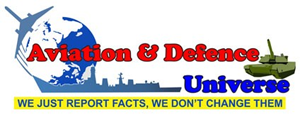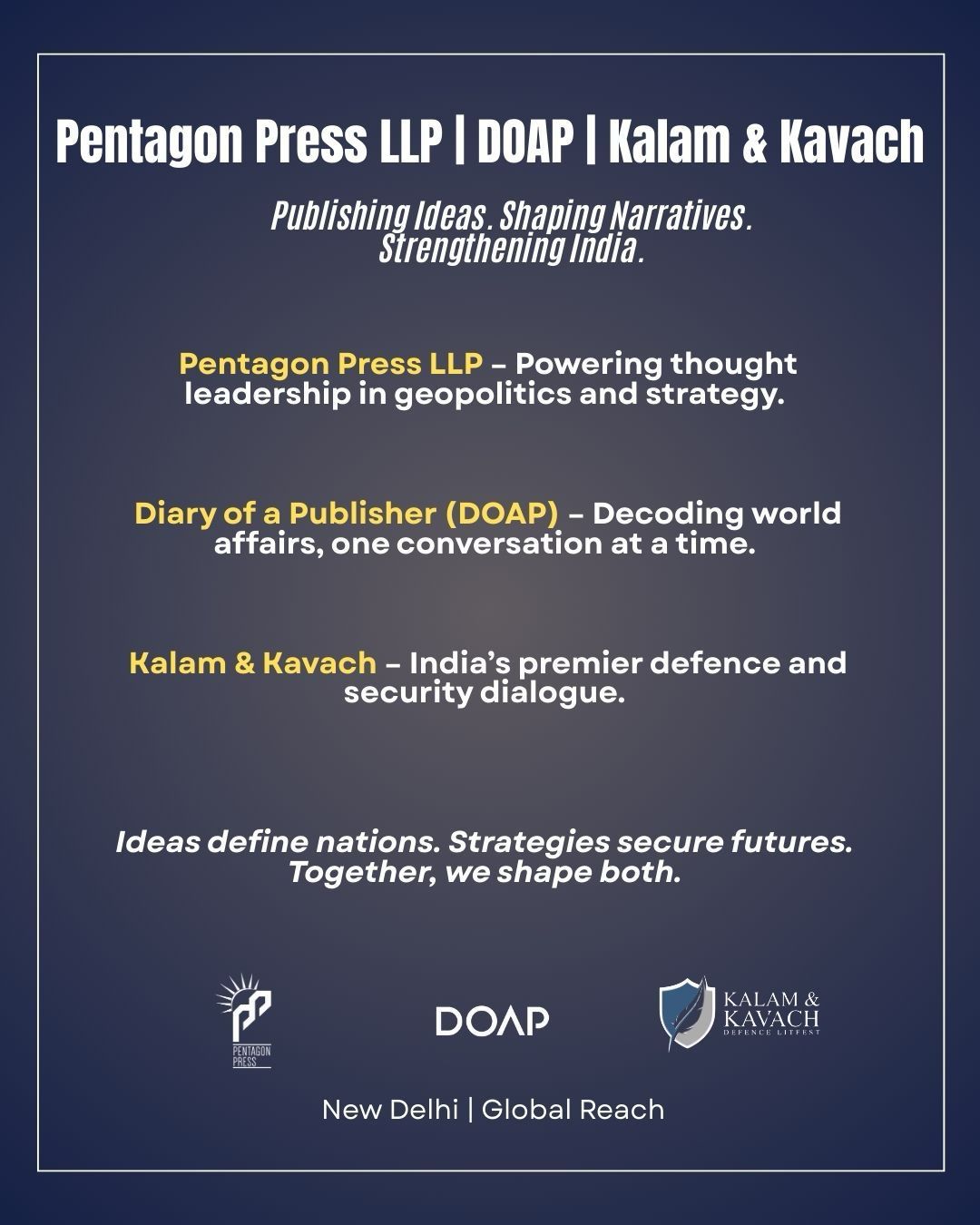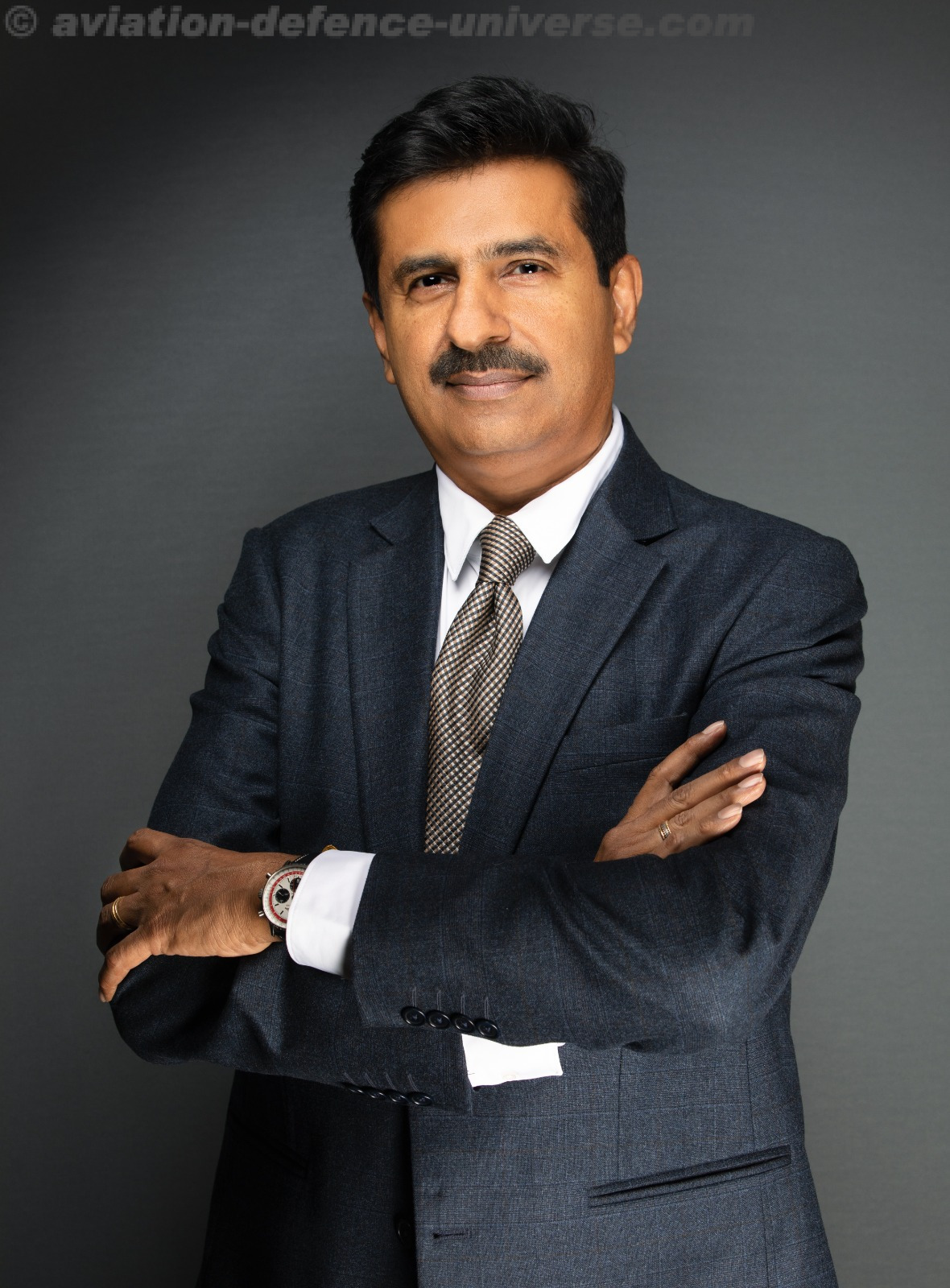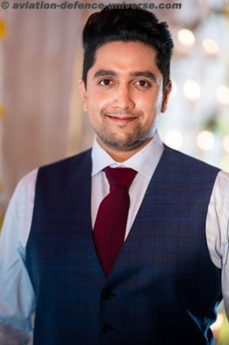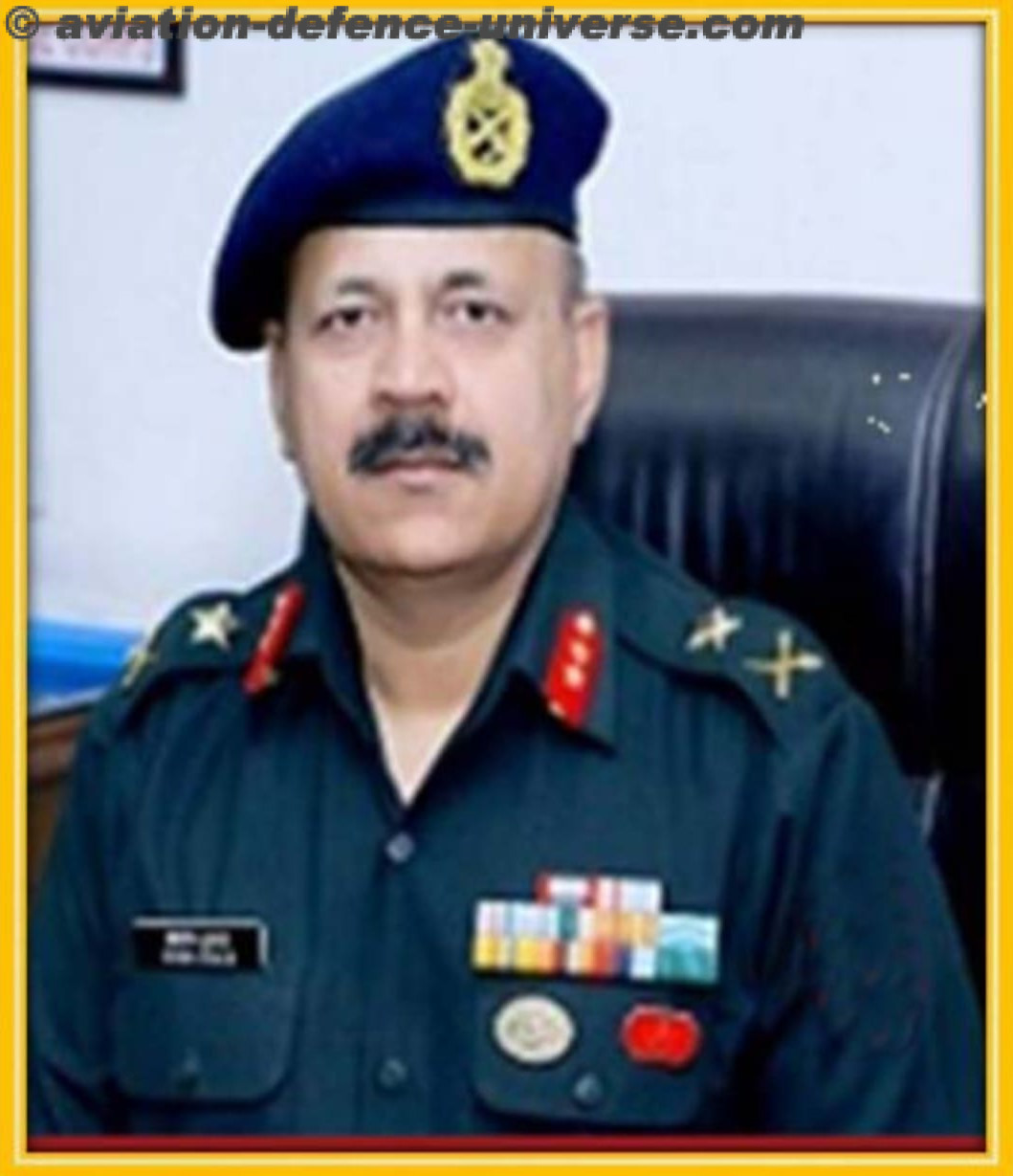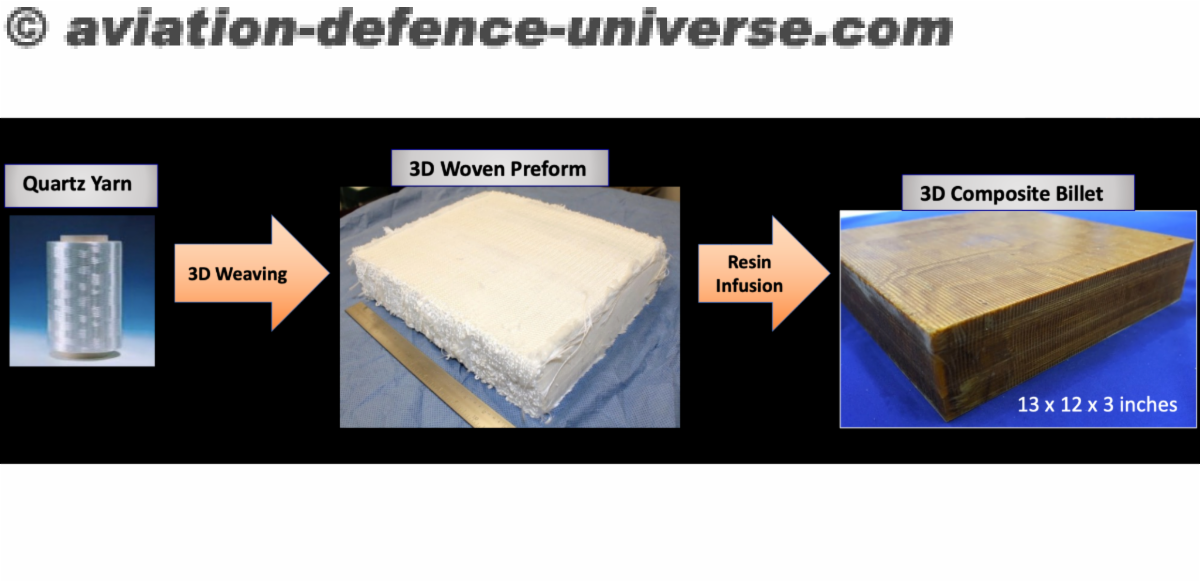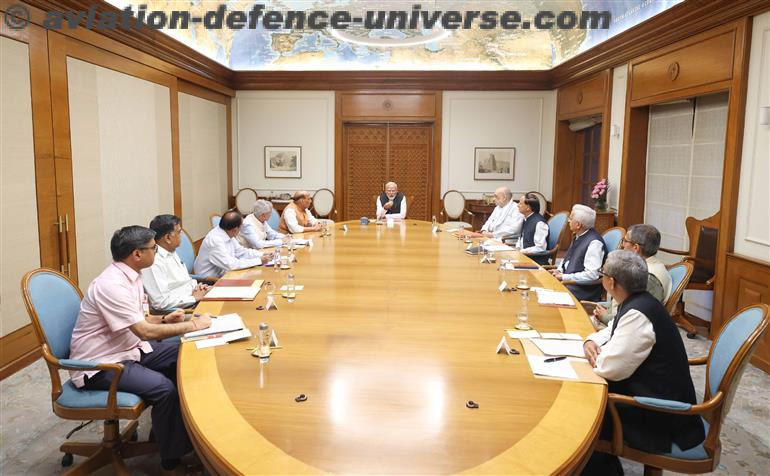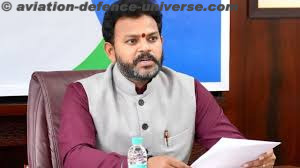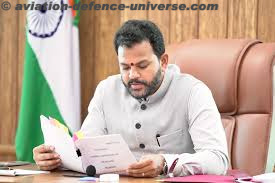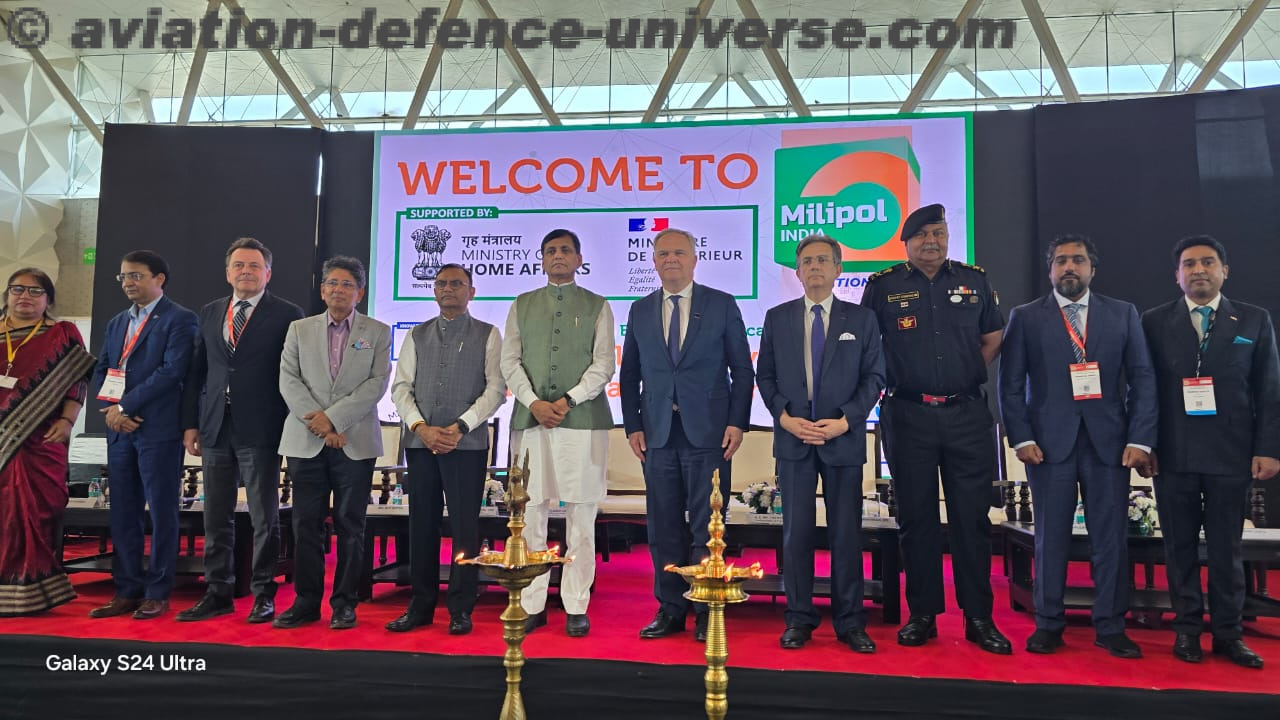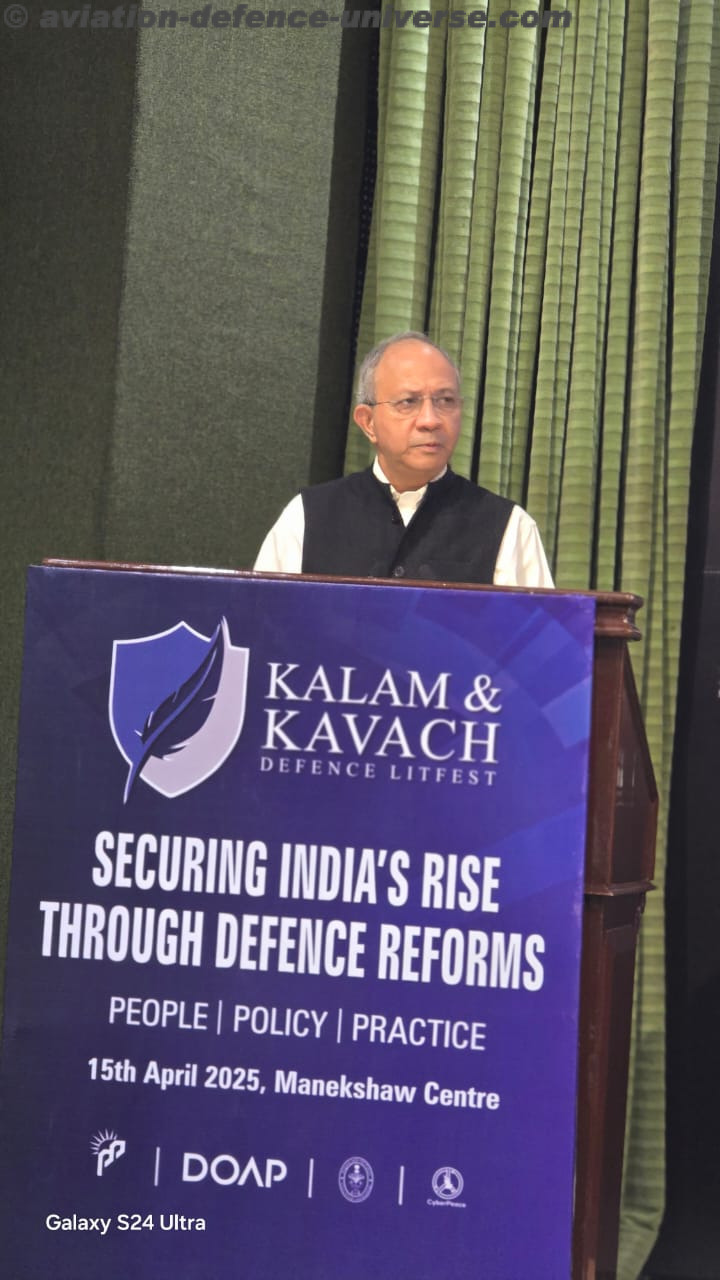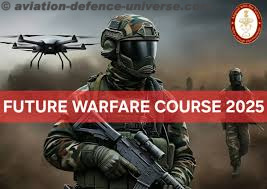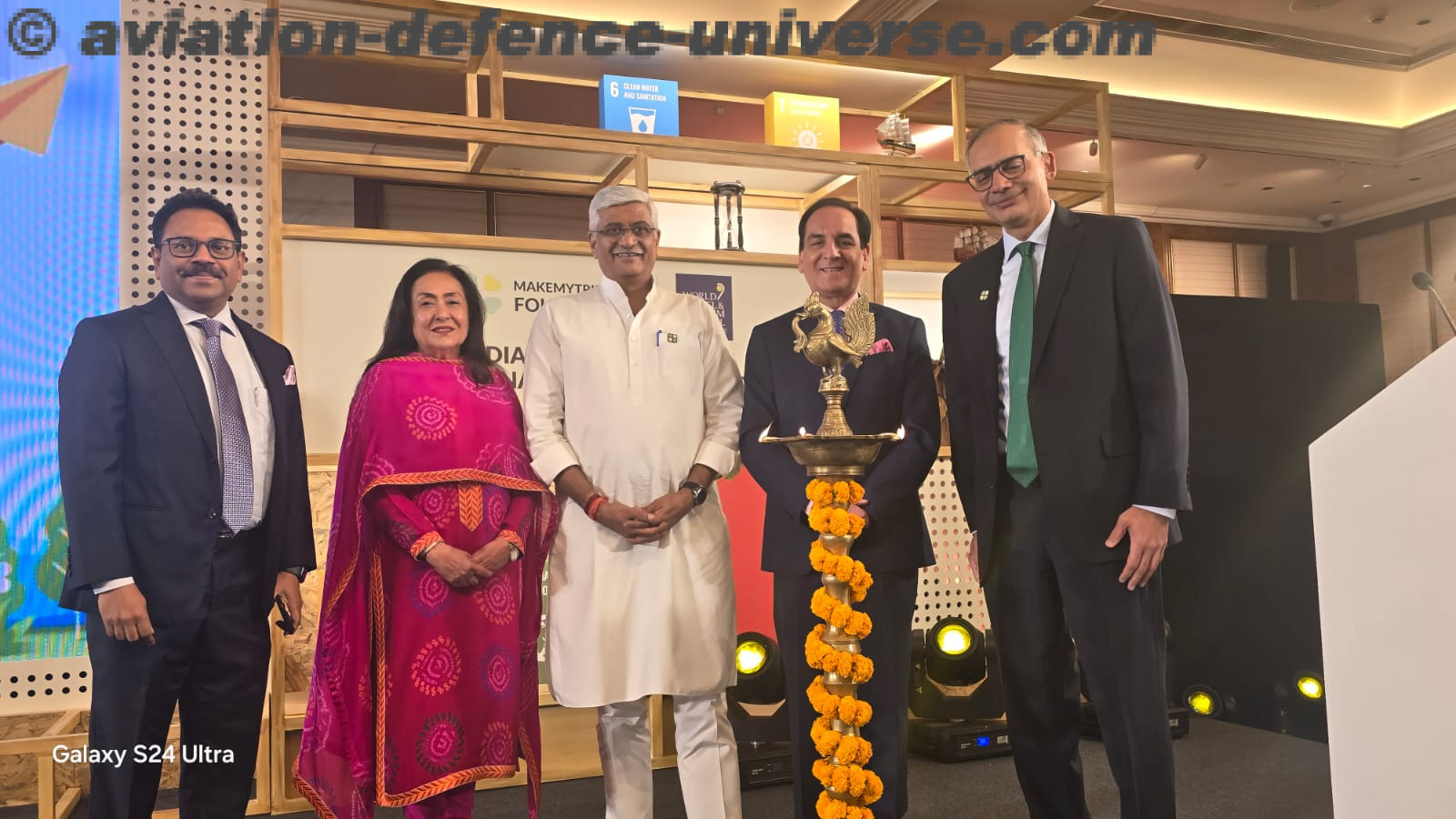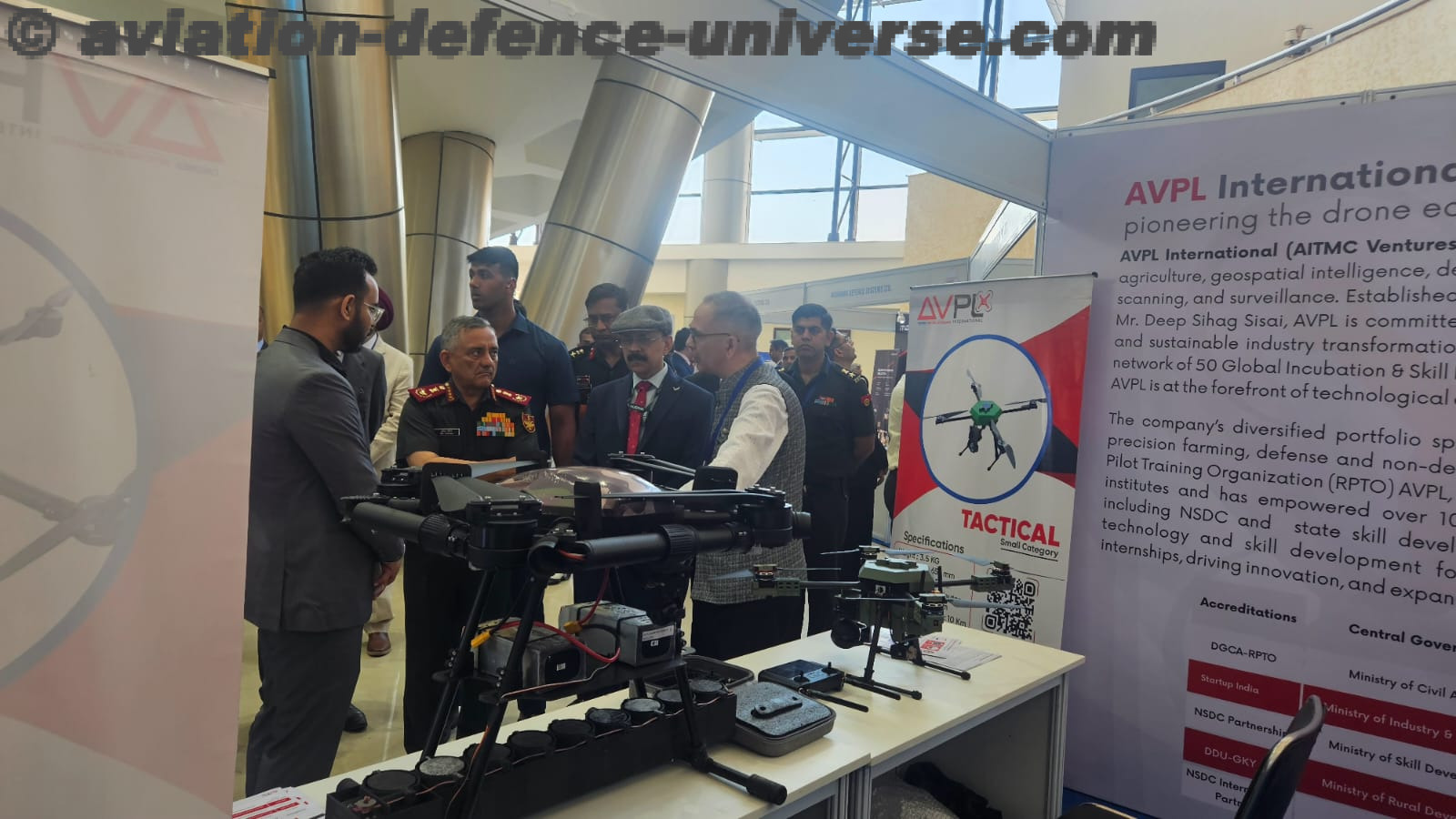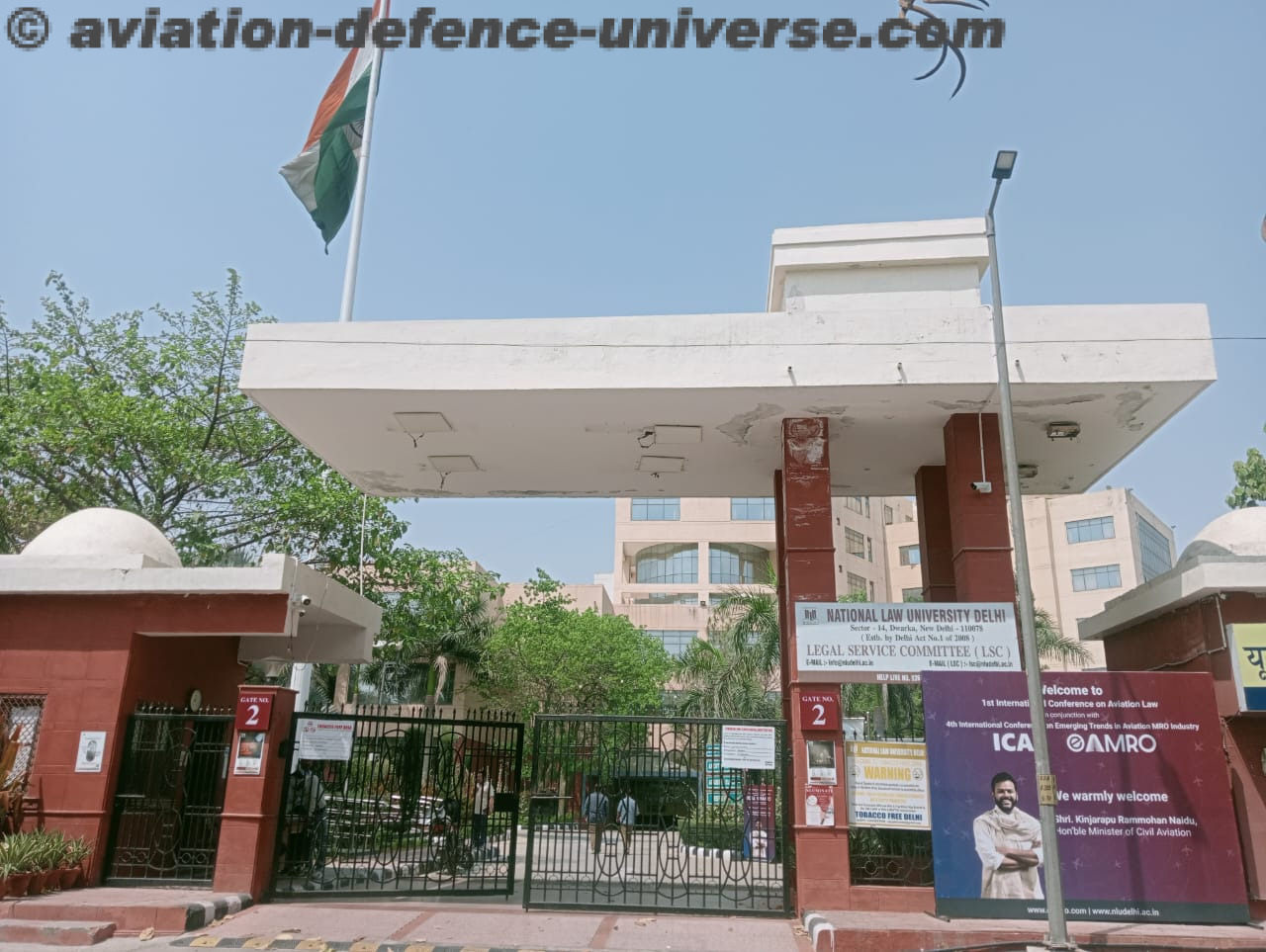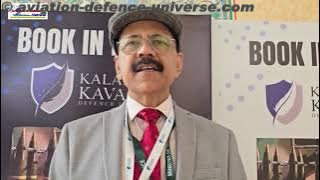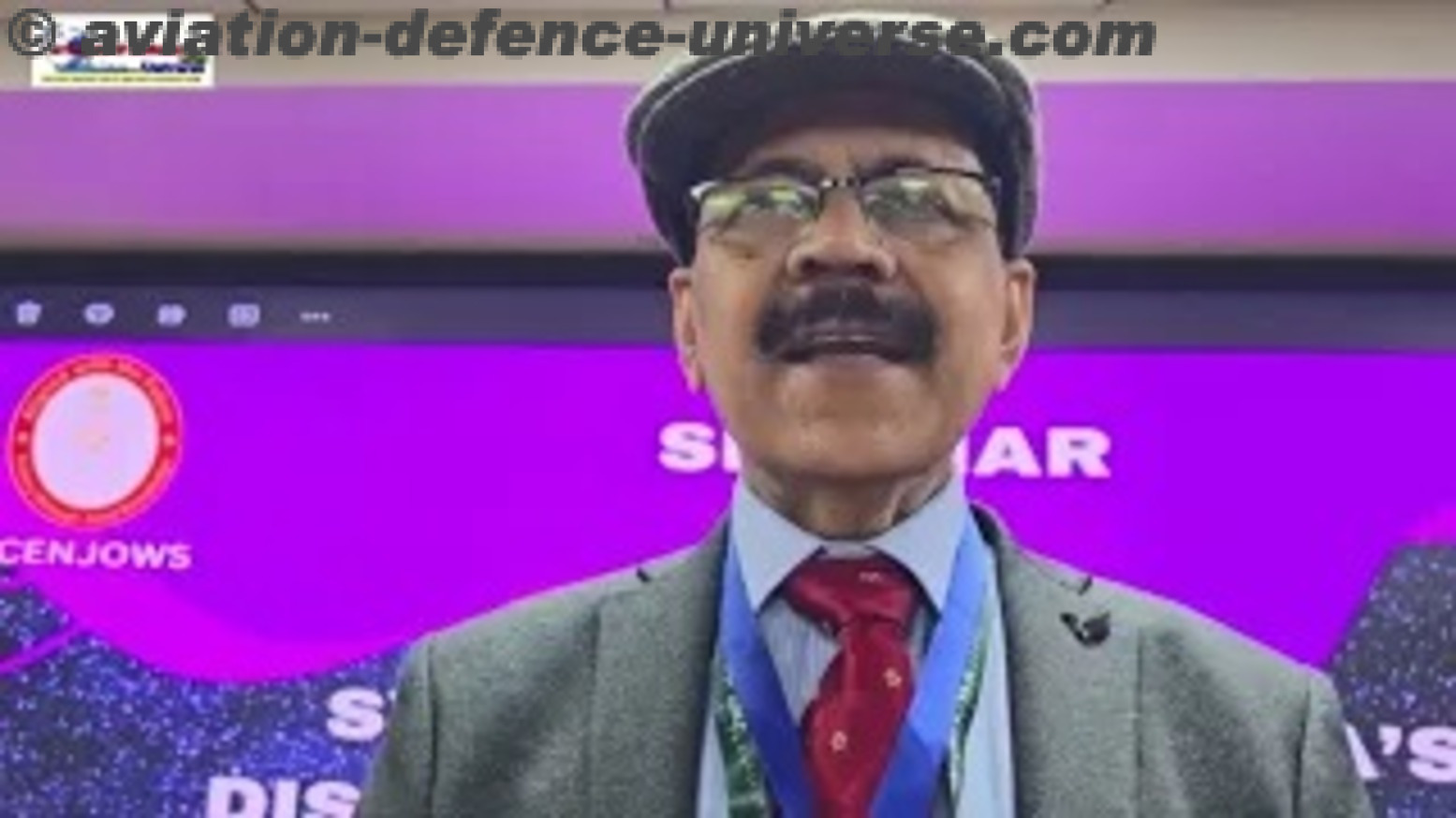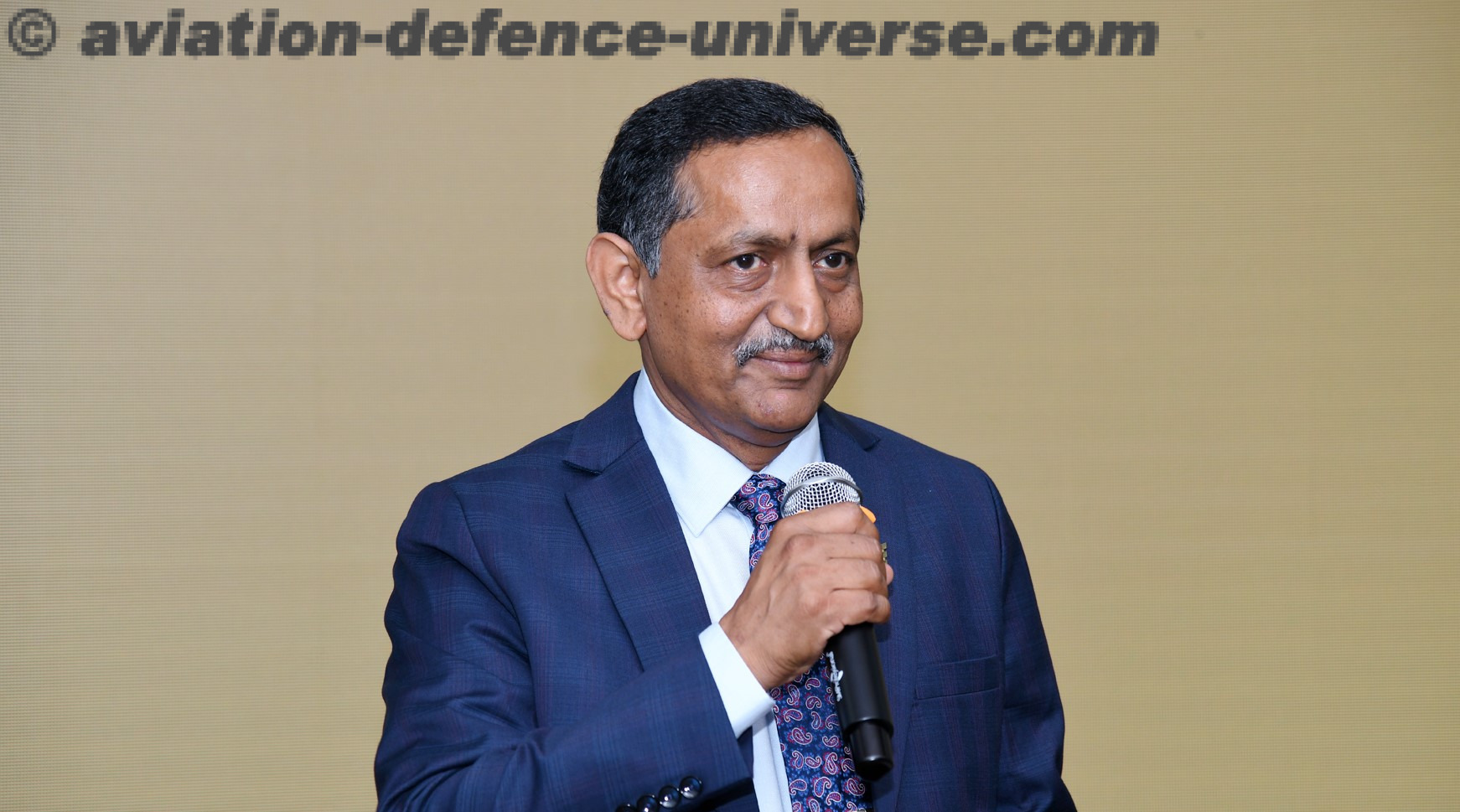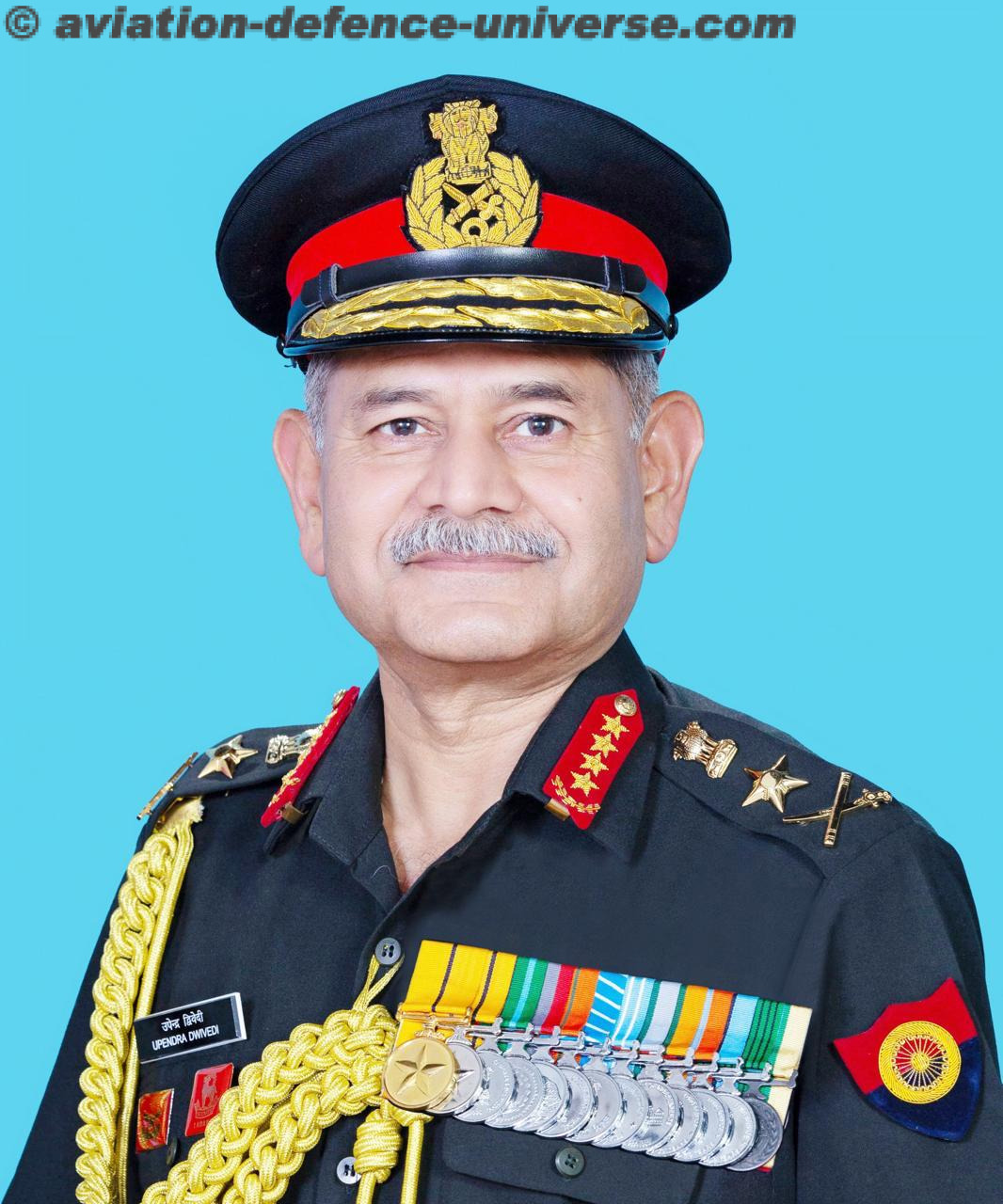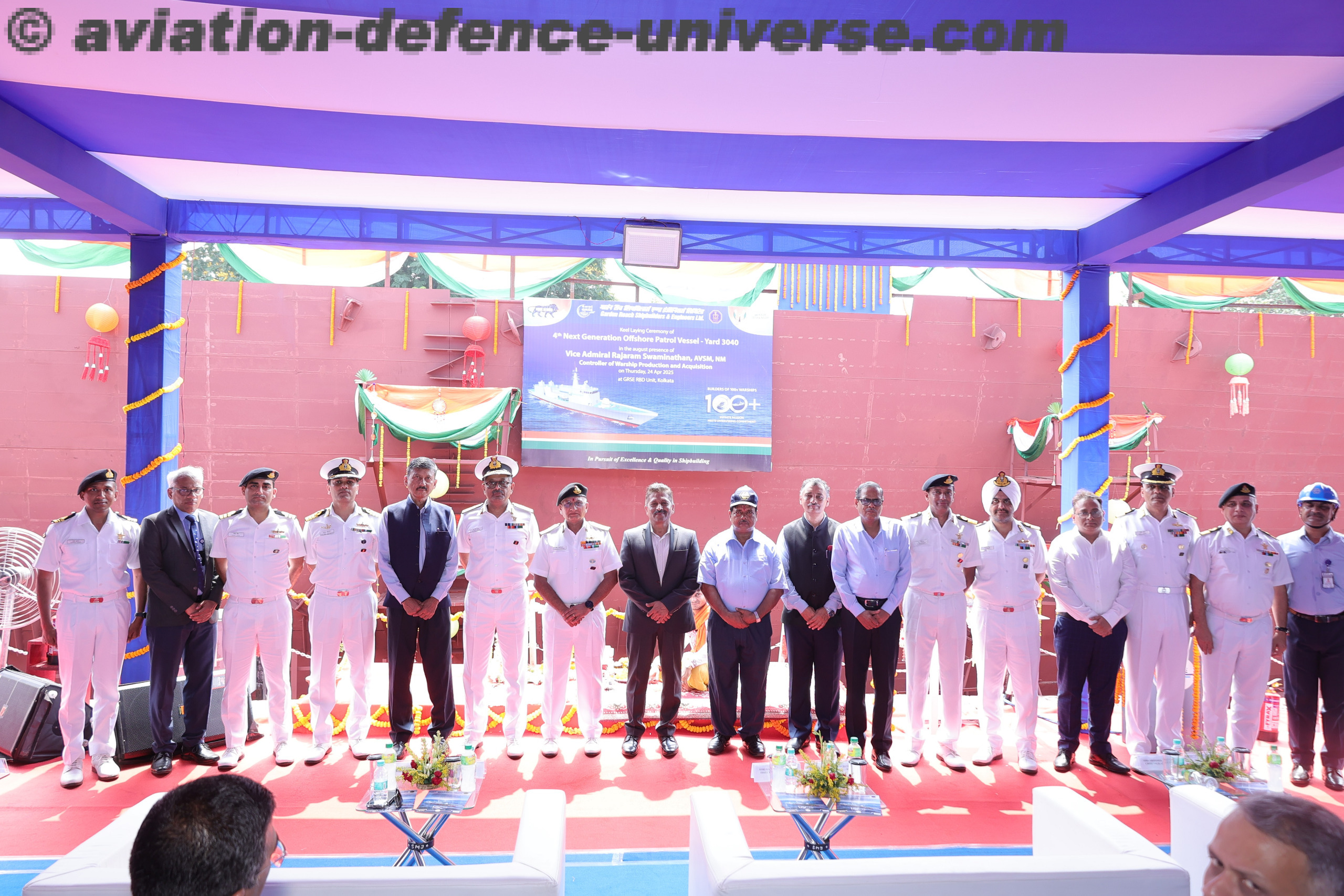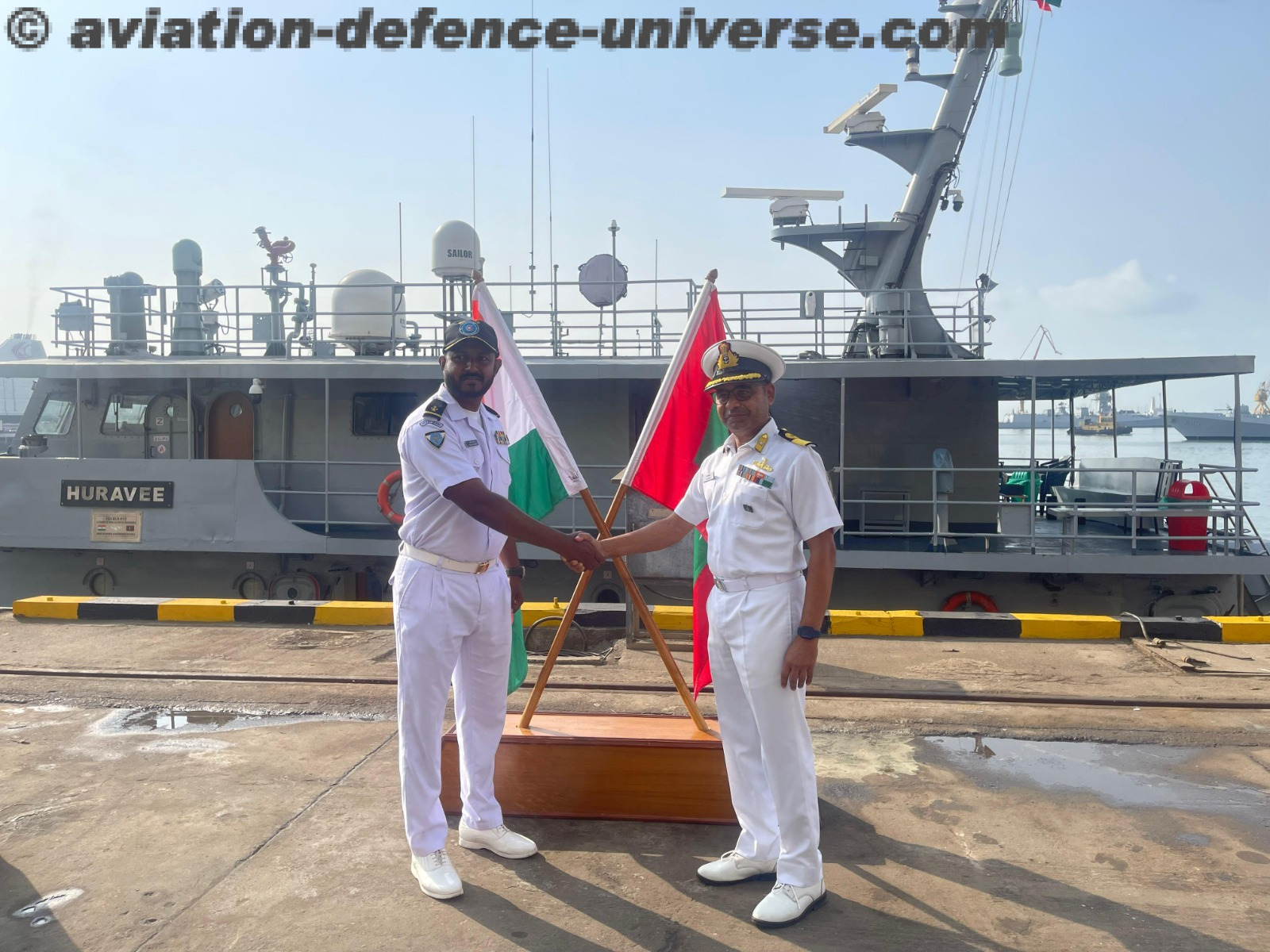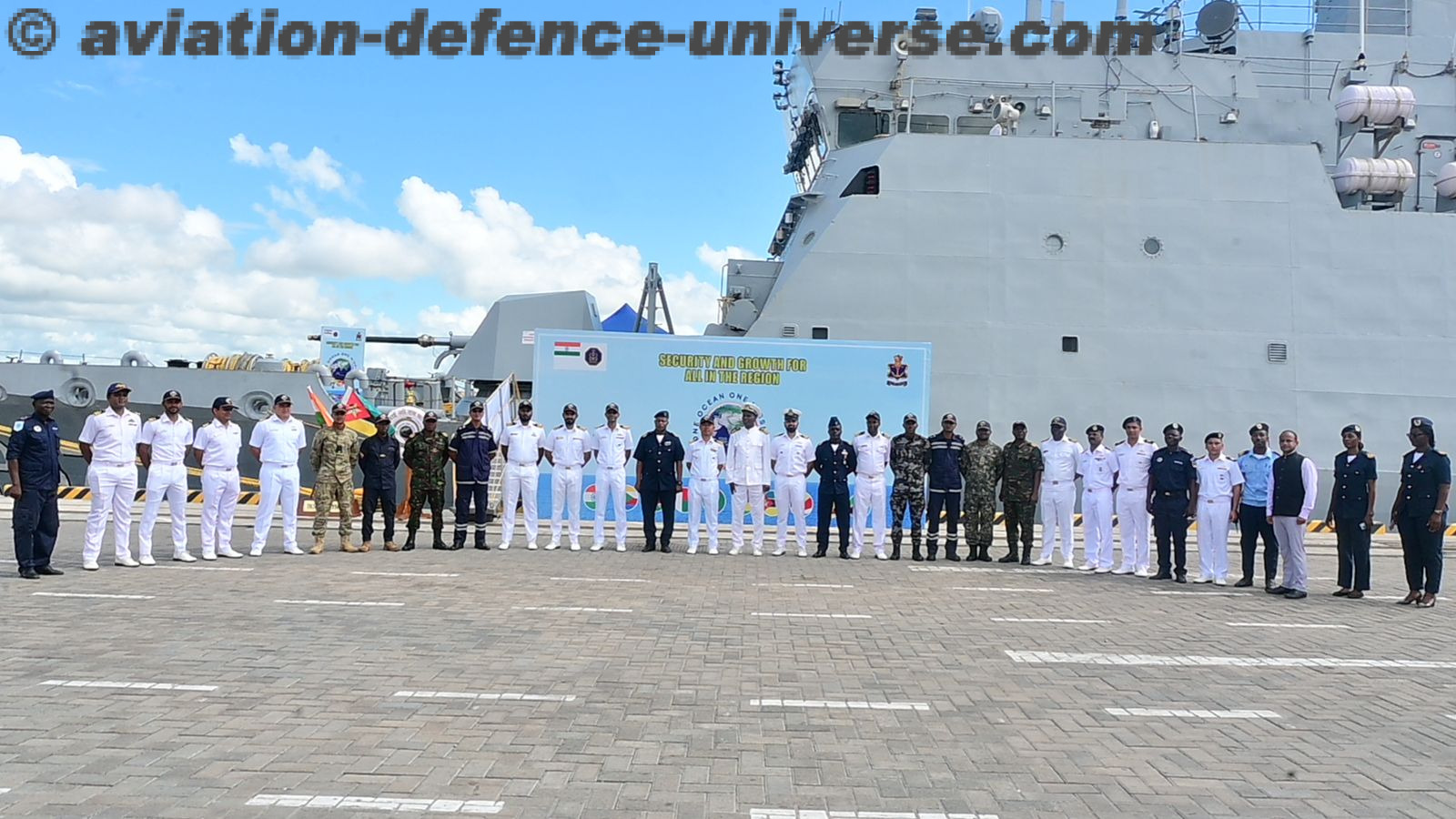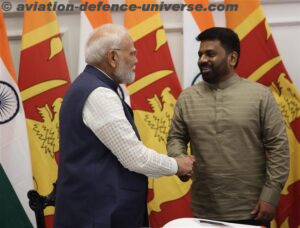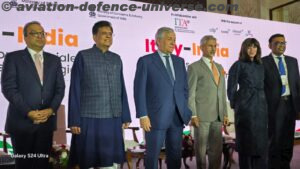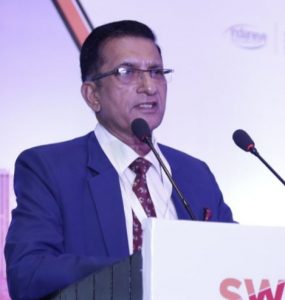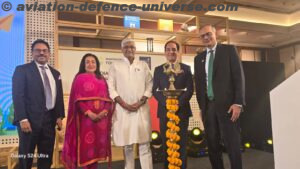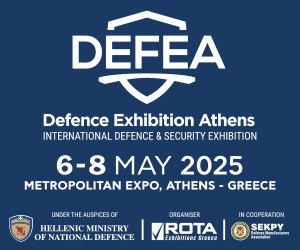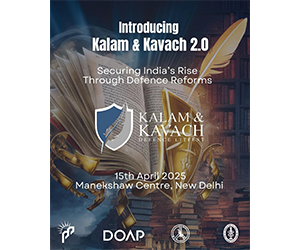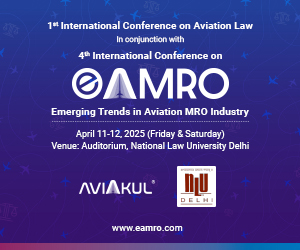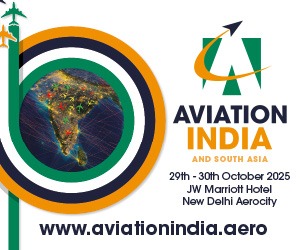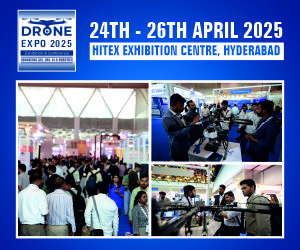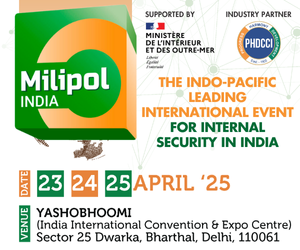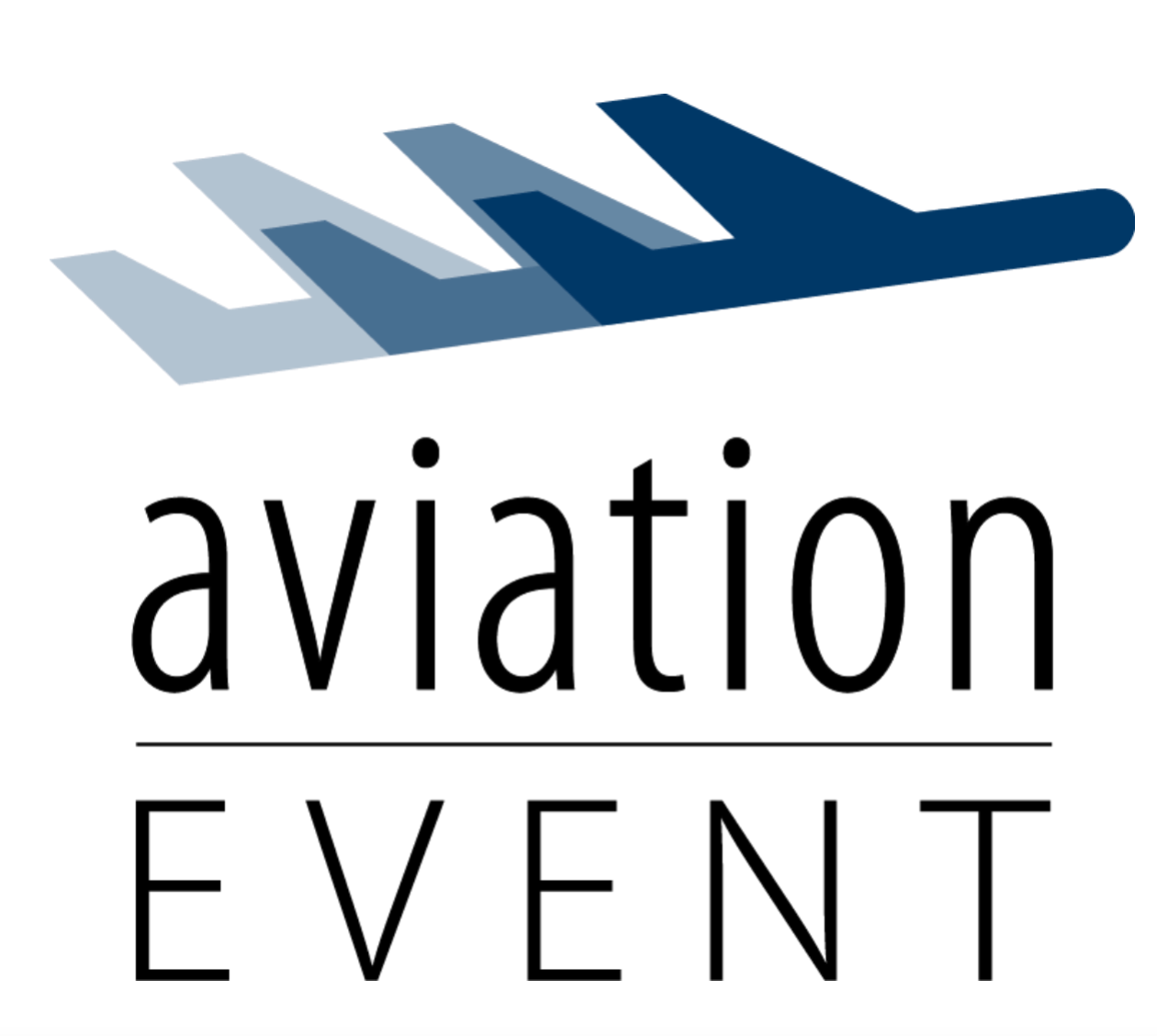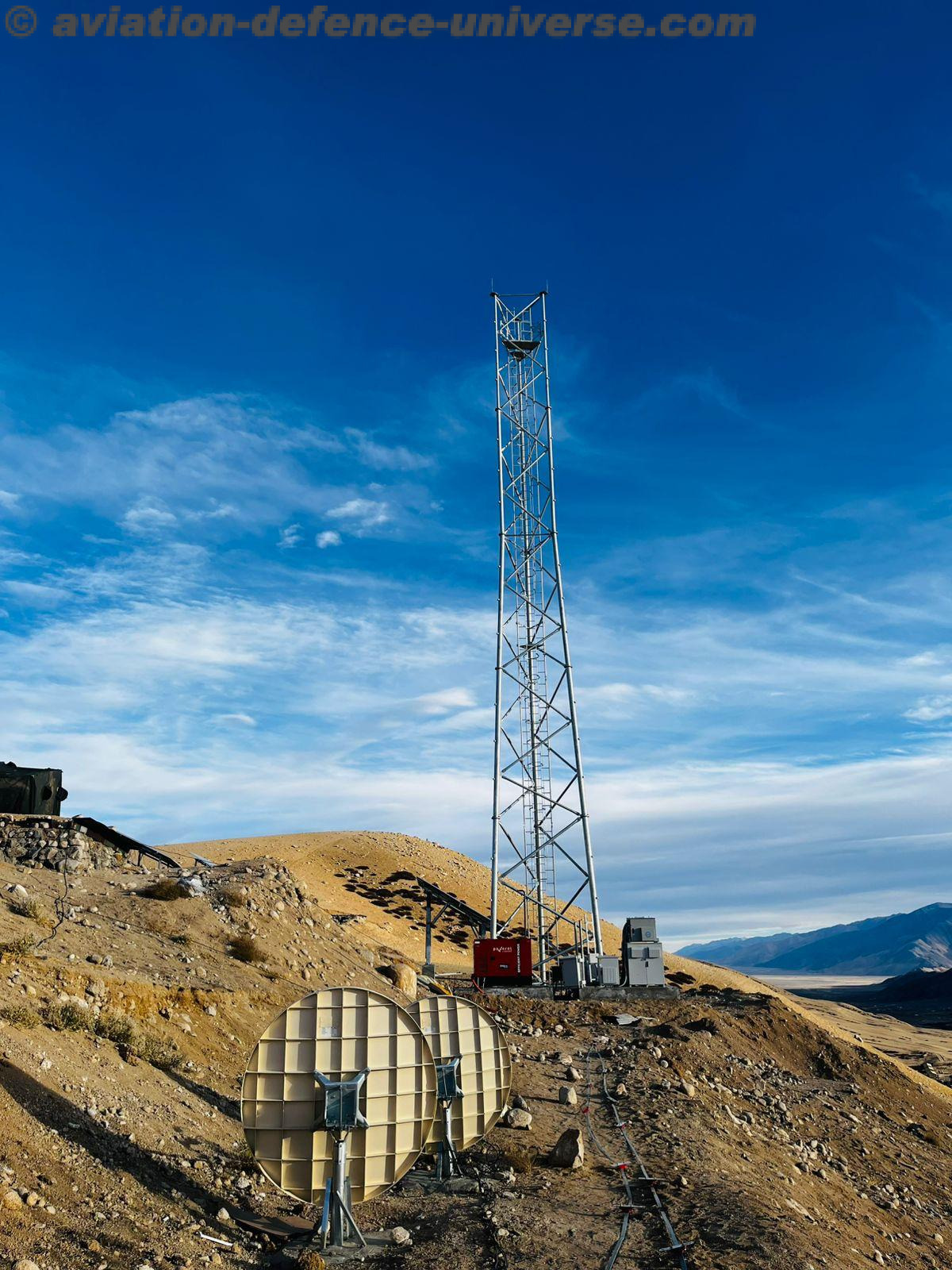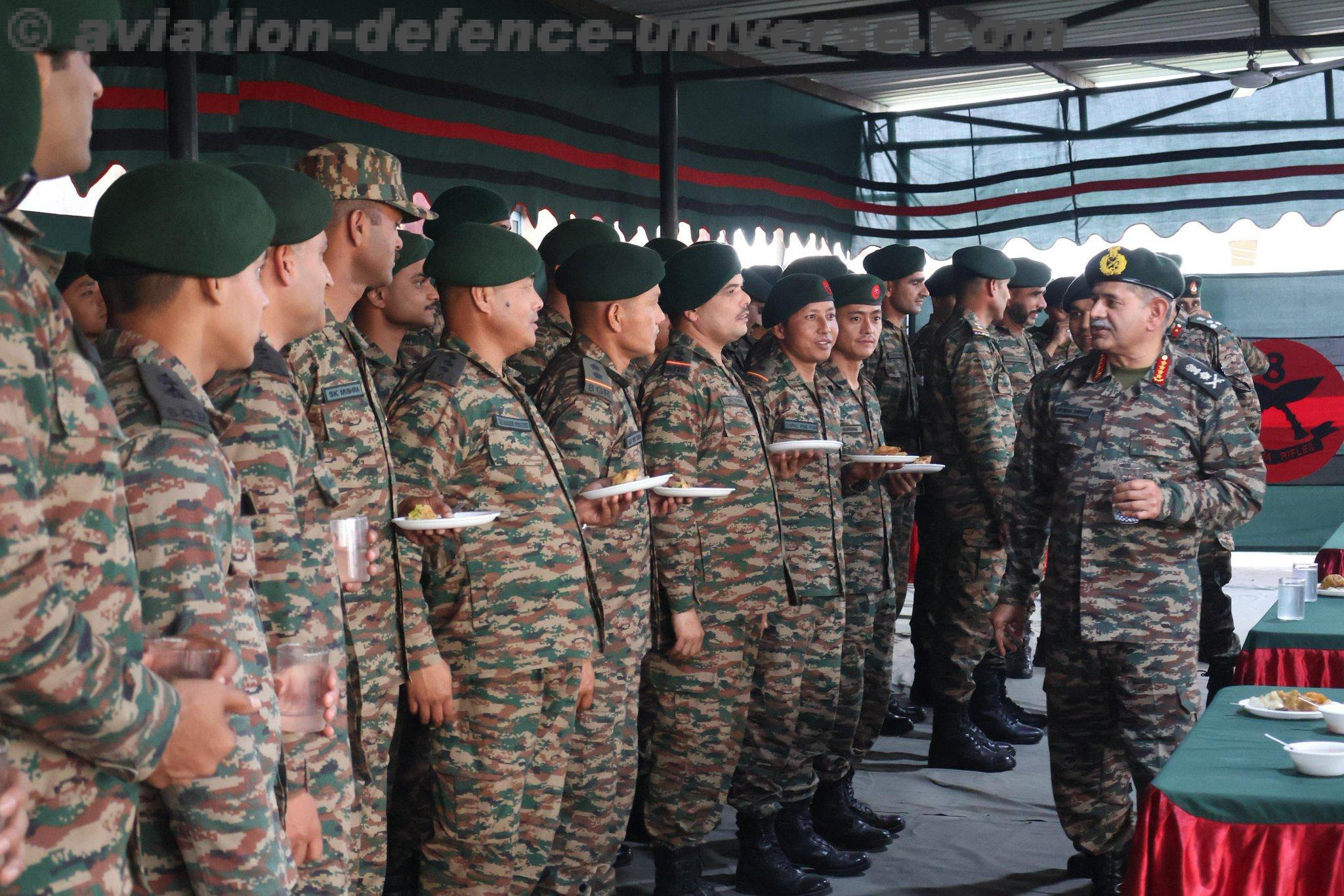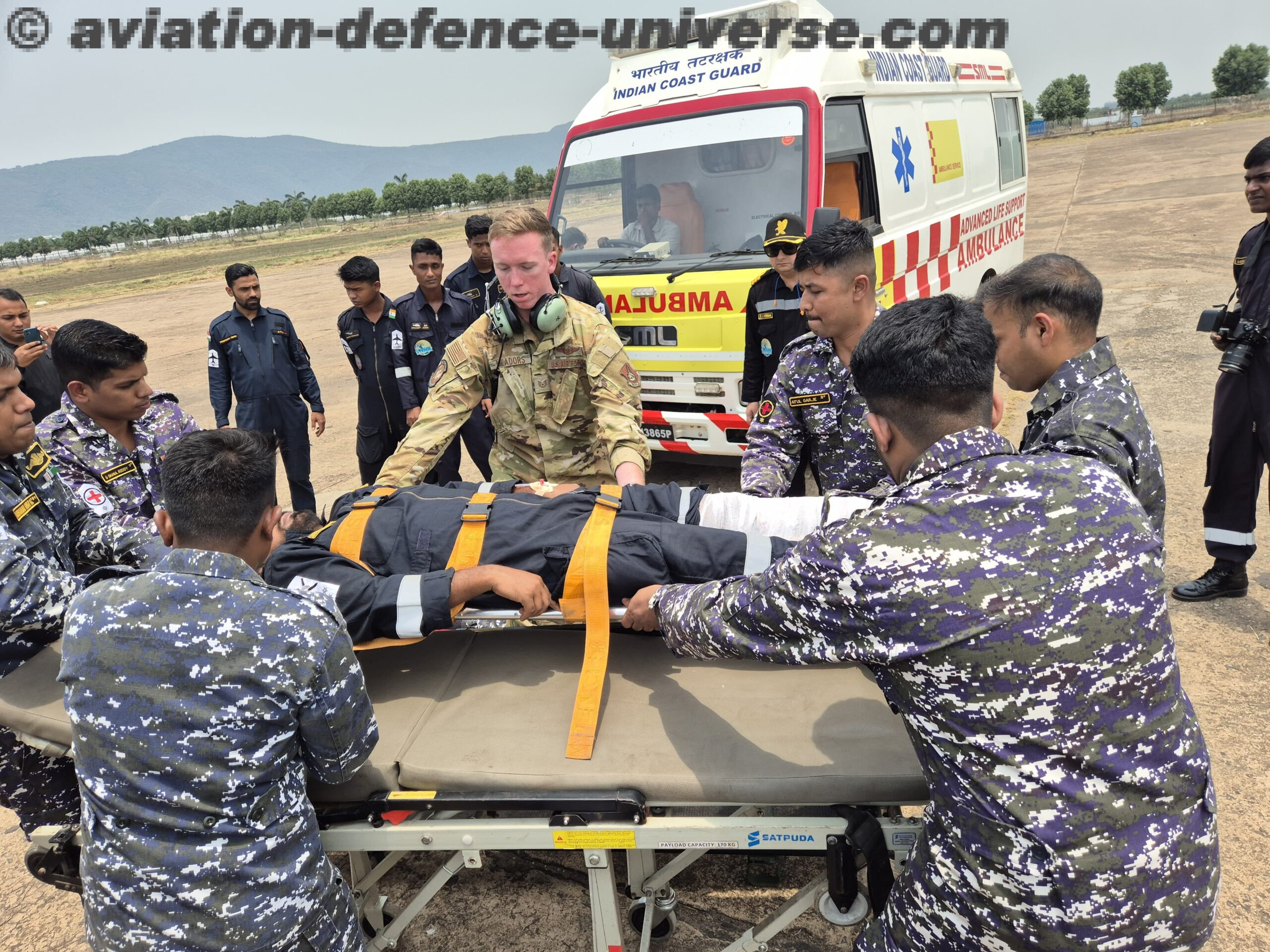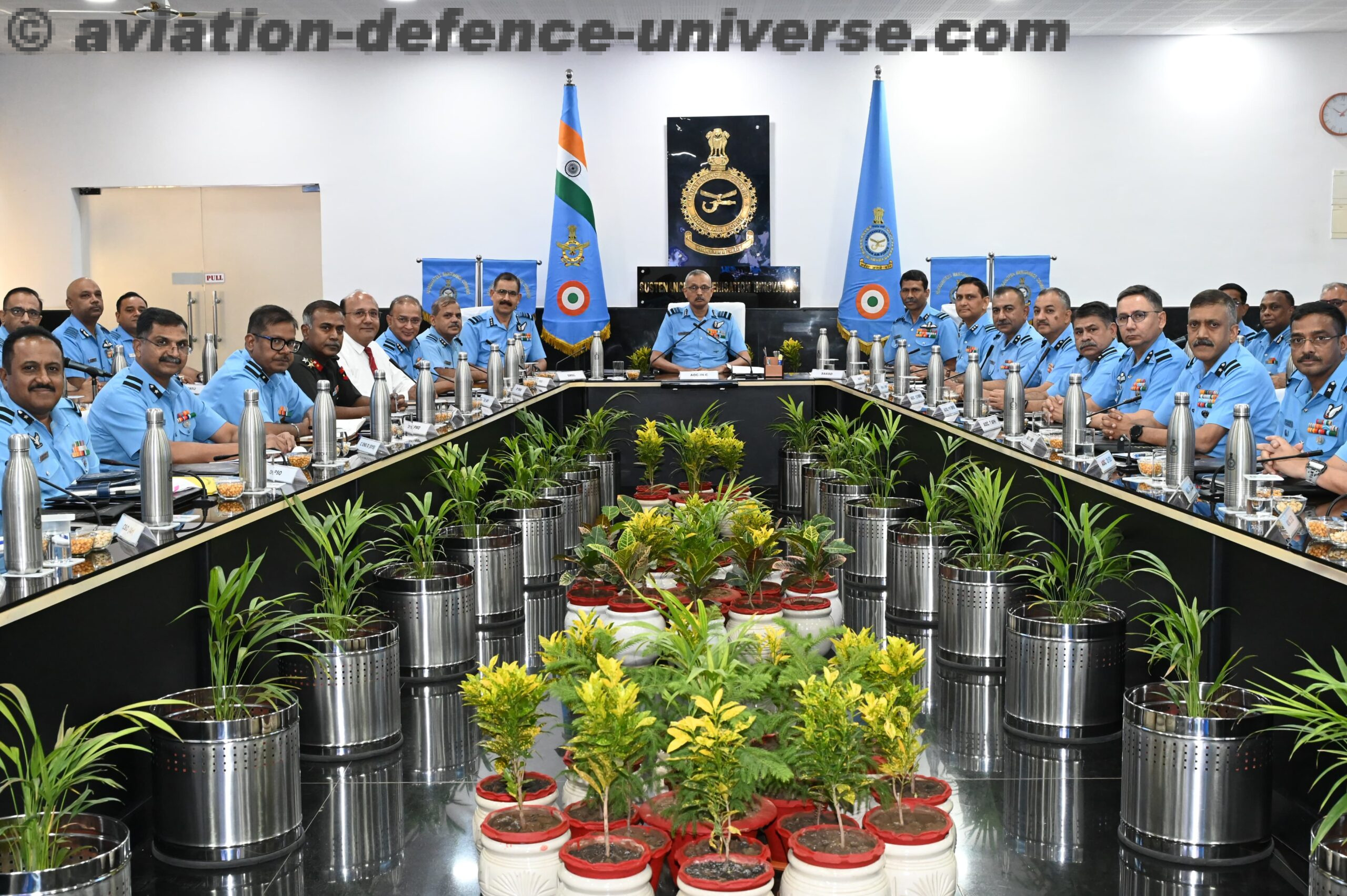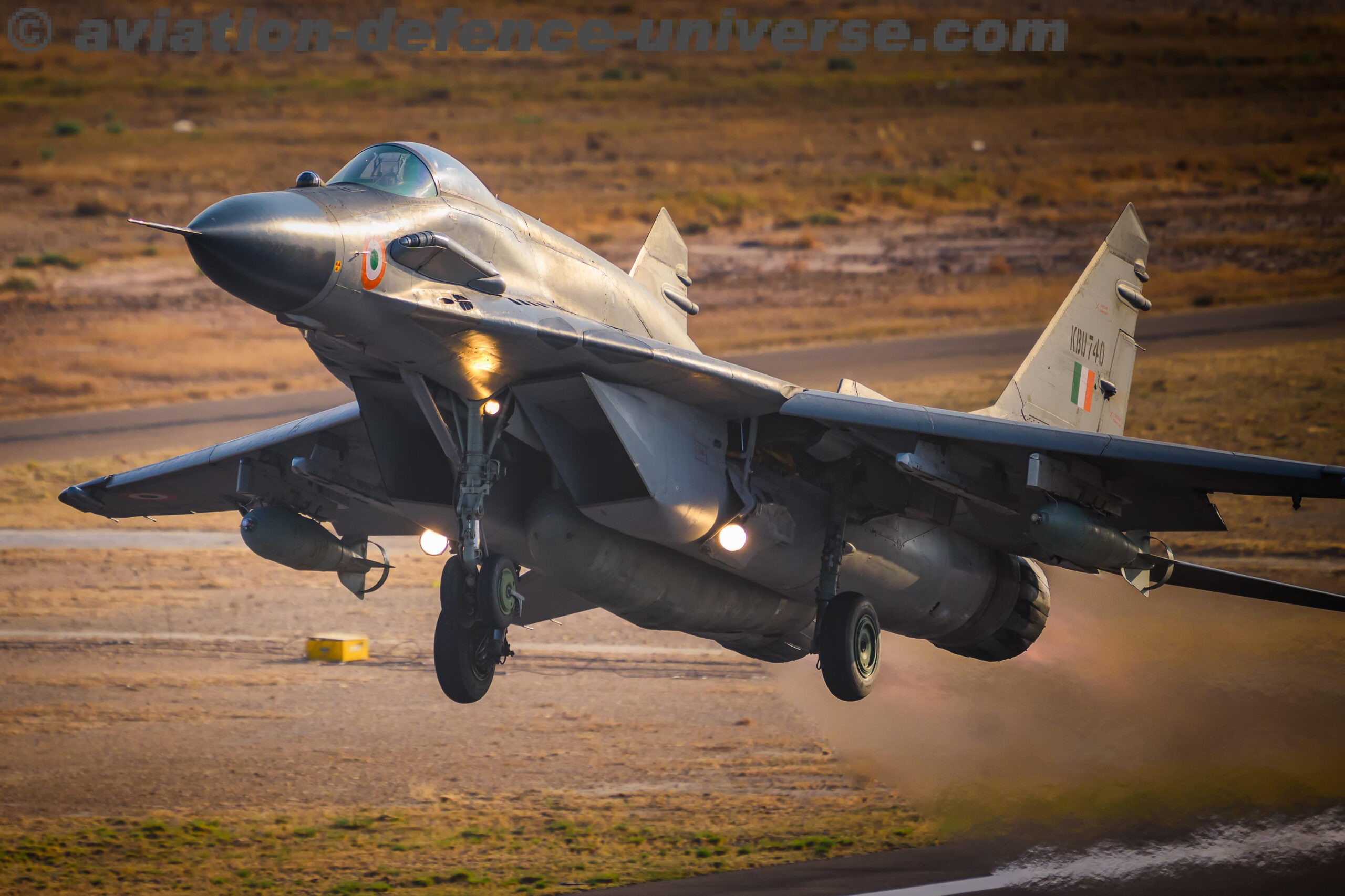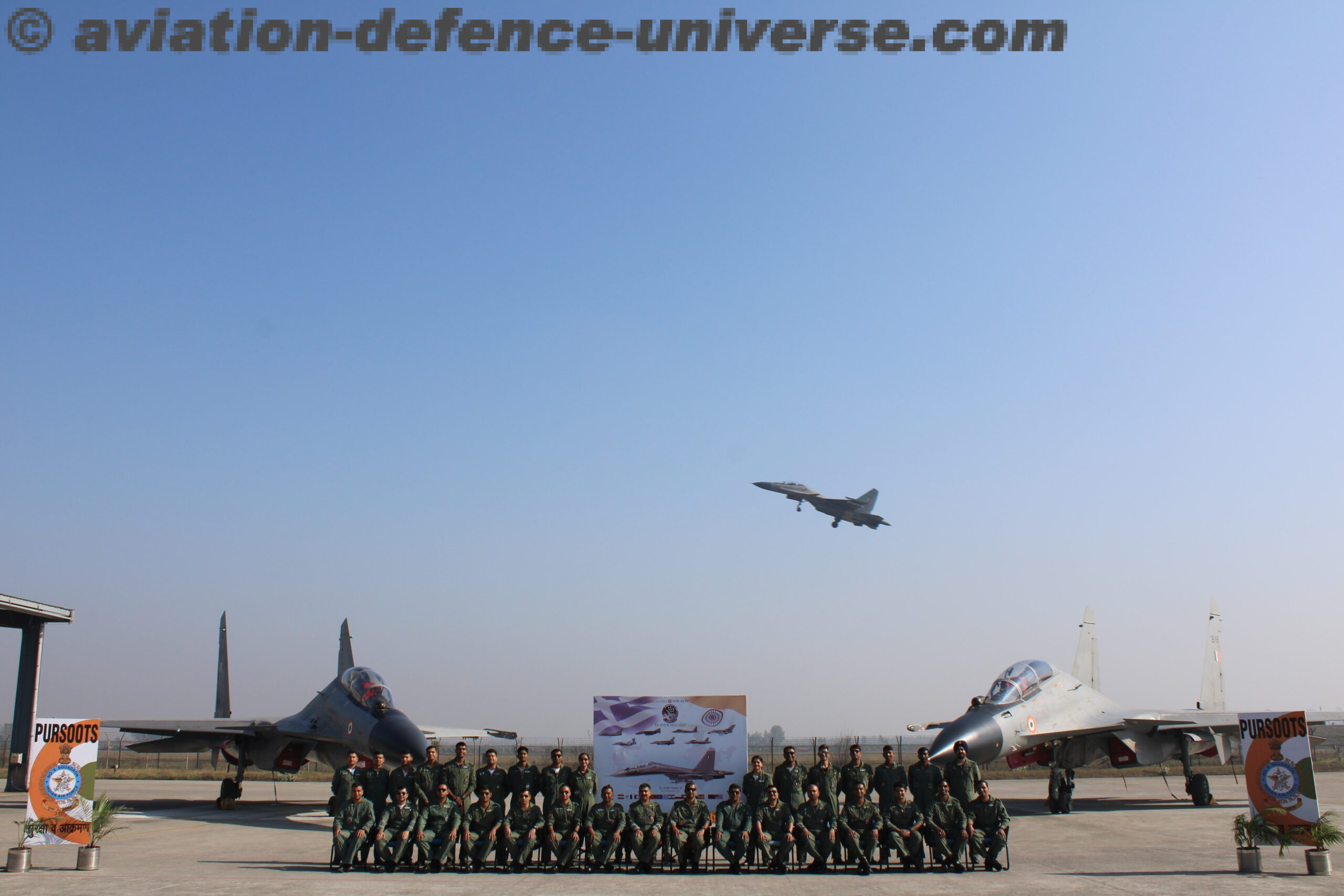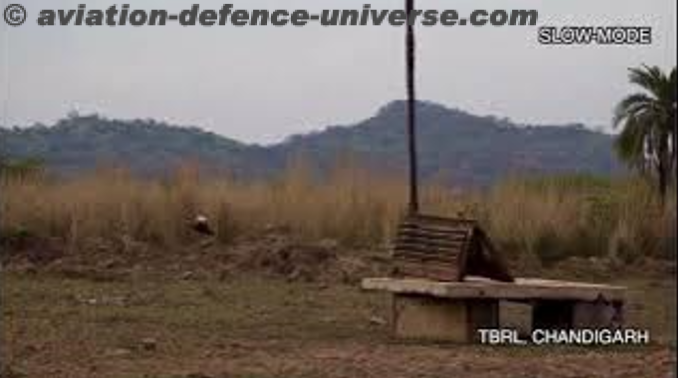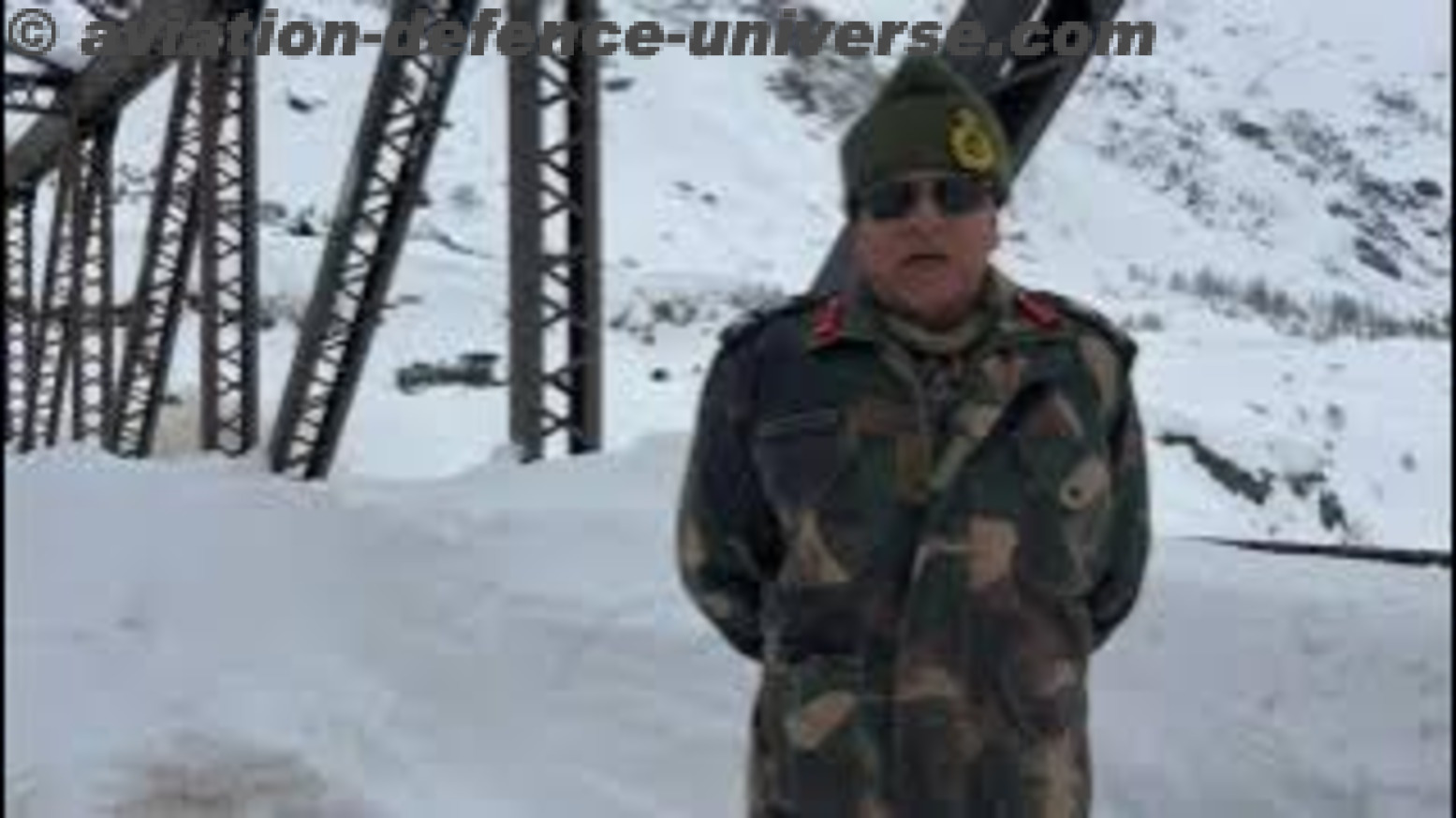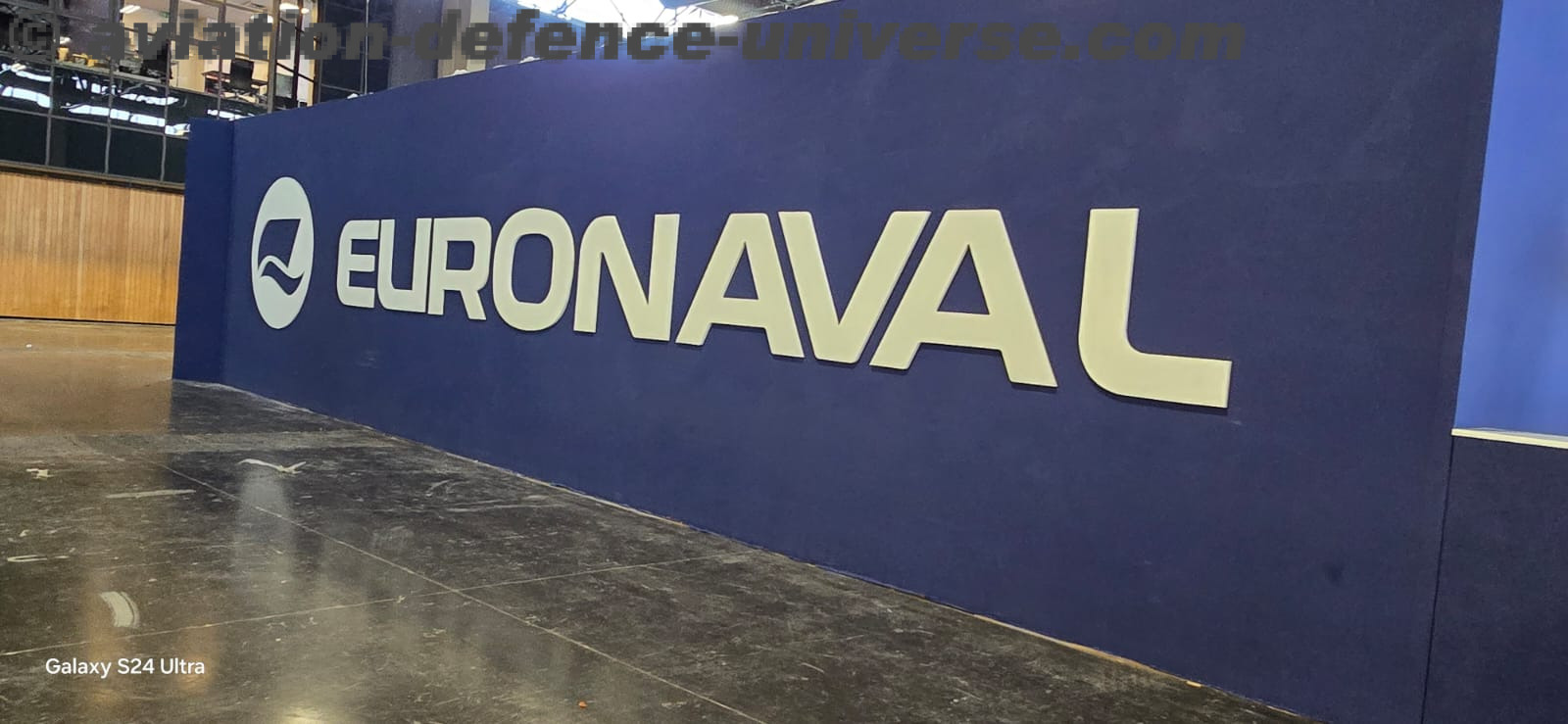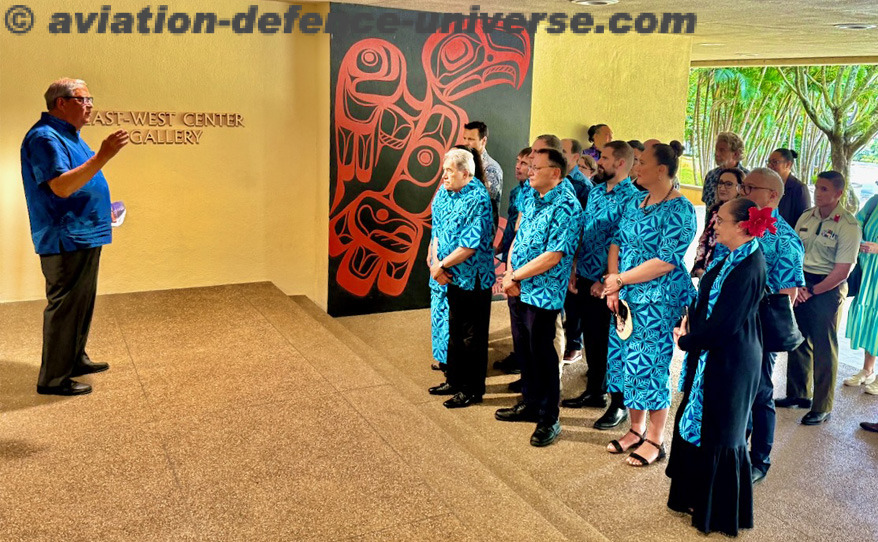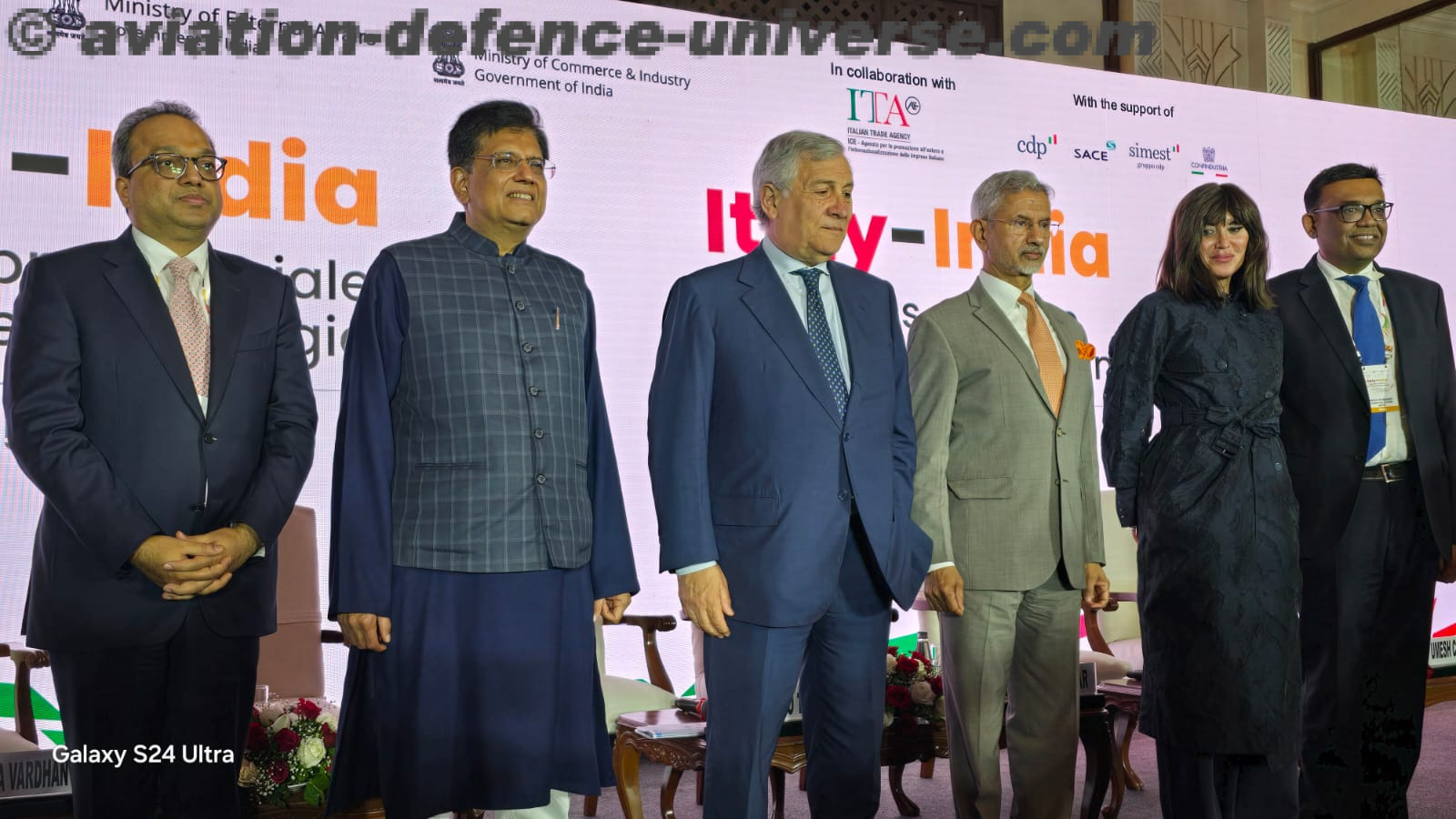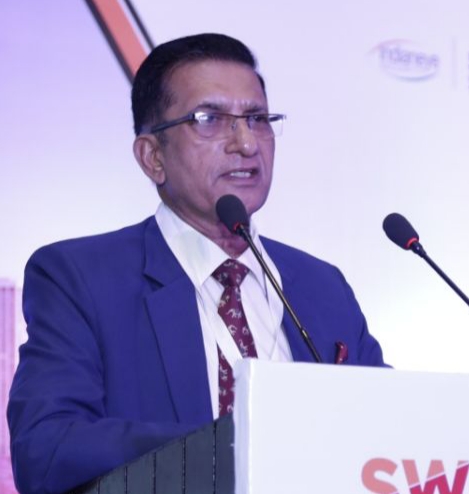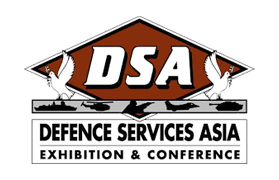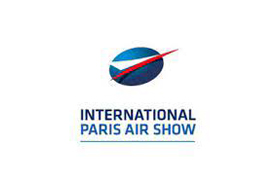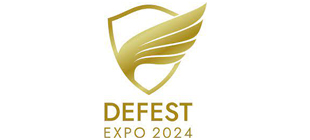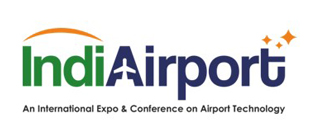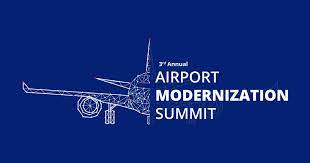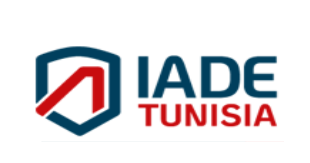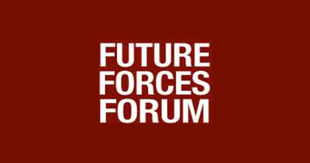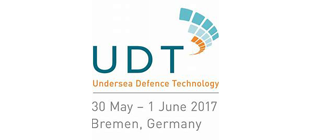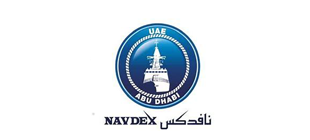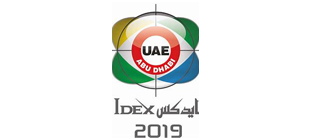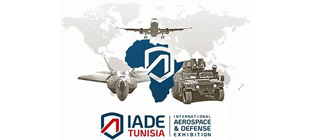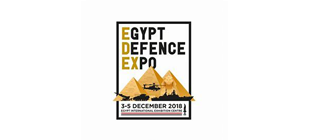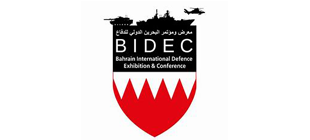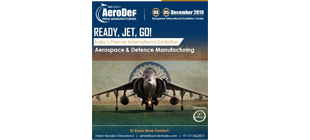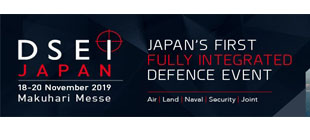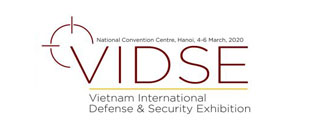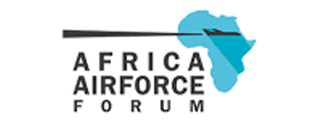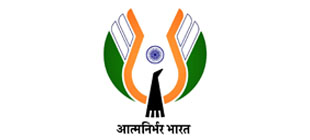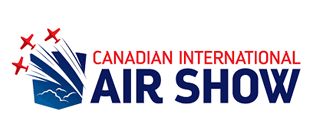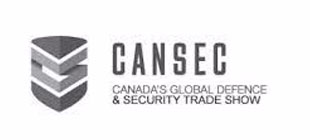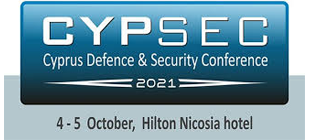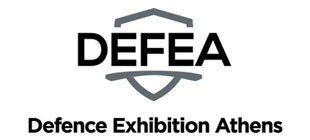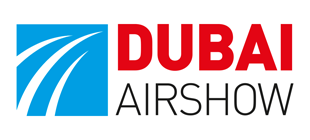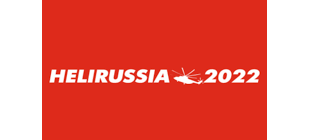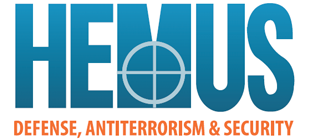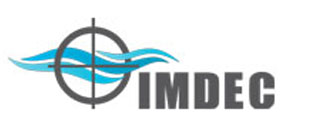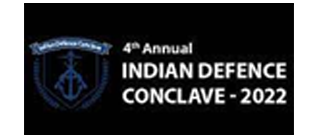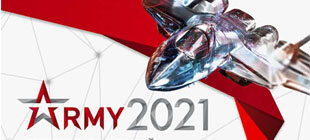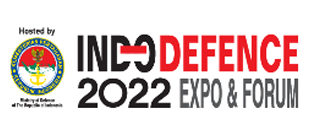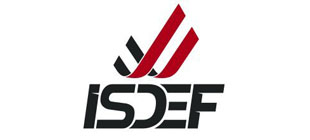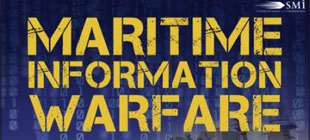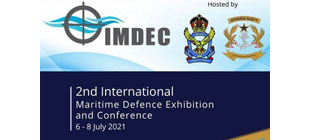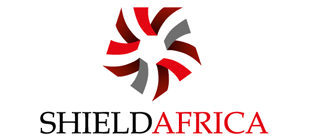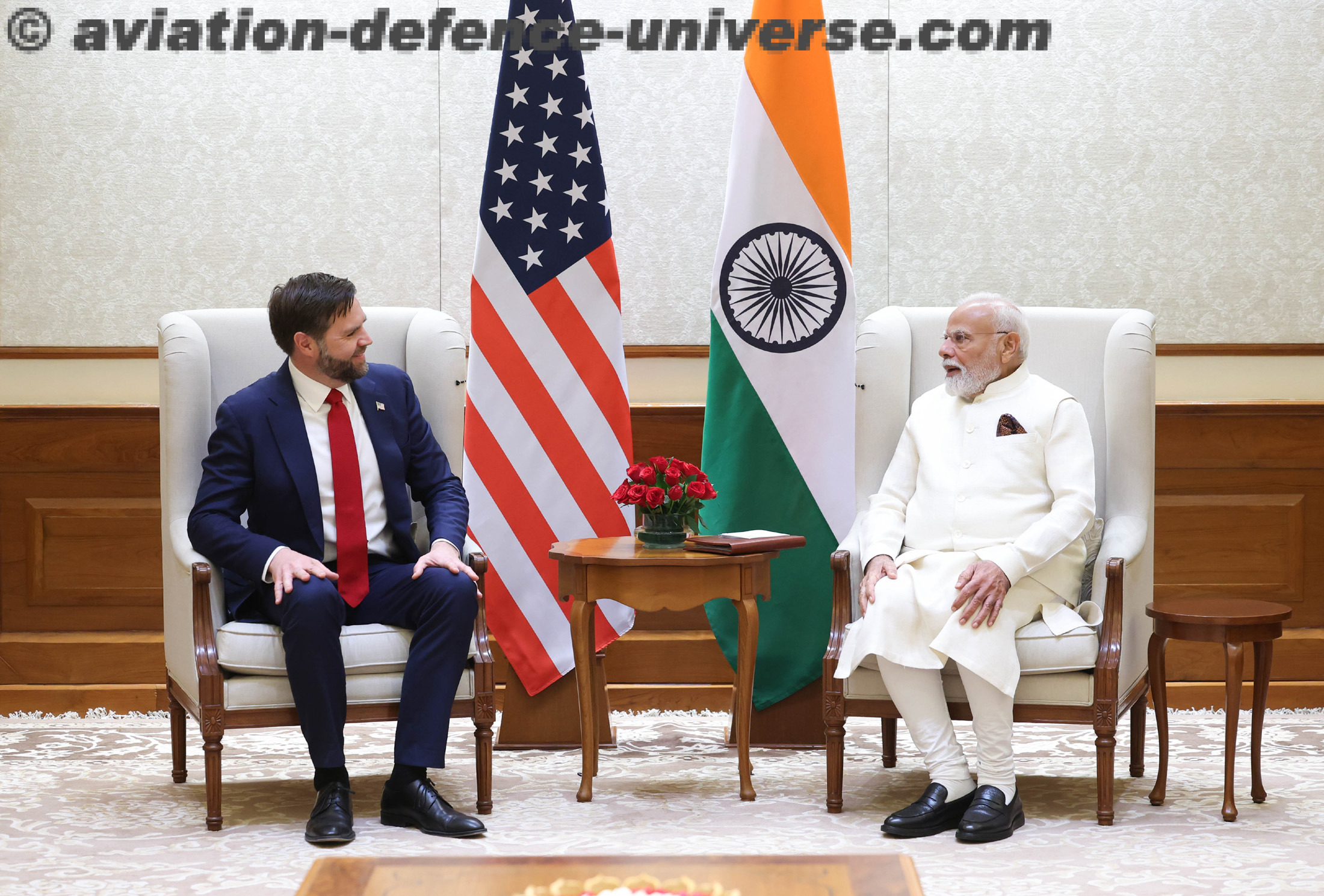
- India First : Vance’s Delhi Stop Reinforces US Pivot Amid China Tensions
- Beyond Counterbalance: US Courts India as Key Ally for Global Stability
By Jai Kumar Verma
New Delhi. 26 April 2025. In a symbolic gesture reinforcing the growing warmth of Indo-US relations, U.S. Vice President James David Vance began his four-day visit to India on April 21, 2025, with a red-carpet welcome and ceremonial guard of honour in New Delhi. Received by Union Minister Ashwini Vaishnaw, Vance’s visit carried deep diplomatic and economic undertones. As the first Asian stop in his tenure—and notably, a choice over long-time allies like Japan—his decision to visit India first highlighted the Trump era’s pivot towards New Delhi as a strategic partner, market powerhouse, and counterweight to China. His Indian-origin wife, Usha Vance, added a personal dimension to a visit closely tracked by both nations’ media. The Indian media gave the expected limelight to the visit as Vance was accompanied by his Indian origin wife Usha.
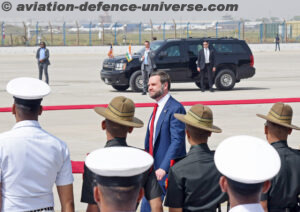
The visit is significant as it came after President Trump imposed 26 percent reciprocal tariff on India. At present India and US have very cordial relations, although in foreign relations there are no permanent friends, no permanent enemies, only permanent interests and at present India and US interests are analogous. The acrimony of Biden era is over and present US government is supportive of India’s target of becoming a great power.
Before President Trump, US policy planners viewed India as a balancer to China. In 1949 Indian economy was better than China, again in 1980 economies of both India and China were similar in size but afterwards China’s economy grew very fast and at present Chinese economy is about five times bigger than India. In 2024 China’s GDP was valued at $18.53 trillion while India’s GDP was $3.93 trillion. China is a big country, large population and more than needed armed forces and have solid defence infrastructure, hence in Asia only India can counter China. Therefore, US strategic planner always viewed India as a counter balance to China. The US planners were averse of the idea of multi-polar world and they want to remain the lone super power. US always wanted that India should work under the umbrella of a US super power. In 2024, US deep state overthrew Bangladesh elected government which was friendly to India but refused to give airbase to them. Now in Bangladesh radical forces have become very powerful and an unelected person is ruling the country.
The Indian government does not accept the role of a counter balancer to China, as India is a legitimate independent leading power in international arena. Prime Minister Modi has initiated several leading programmes. India is rapidly moving towards self-reliance in defence and becoming a defence exporter. India is speedily developing massive infrastructure in the country and aims to cross $10 trillion GDP in coming decades. Modi’s “India first” policy is the precursor of Trump’s America “first policy’. As both these policies do not counter each other and can work together both Modi and Trump inculcated good understanding. Although Biden administration became unhappy with Modi government because later has refused to snap all ties with Russian government. Trump administration understands India’s prerogative and also waved sanctions when India procured S-400 missile system from Moscow. Trump administration understood that S-400 missile system would intensify India’s defence against China. Trump administration also revived Quad and ratified ‘Indo-Pacific’ as an important strategic area and accepted that India has a special role in the security of ‘India-Pacific’.
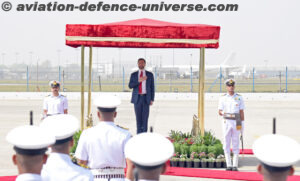
As the rivalry between US and China is becoming bitter hence Trump administration’s choice is India. Trump administration also views India as big market of 1.4 billion people and not merely a counter balance to China which is threatening its lone super power status. The present US administration does not consider India’s independent policies as a threat to Americanism. Trump administration also contemplates that several countries of Europe survived under the security umbrella of America as they were spending very less money on their defence while India is spending on its defence independently as a country with self-respect. Hence Trump administration appreciates India’s independent attitude and considers it as positive.
At present Beijing is constantly challenging lone super power status of US and its close allies have also adopted belligerent attitude hence Washington needs friends like Delhi. India has become an important player in the long-term strategy of USA. Trump put devastating tariff on China while US industrialists are considering India’s vast young and cheap labour, its enormous middle-class market hence Trump is soft on India. A trade agreement between both the countries was an important purpose of the visit of Vance. Both countries agreed for the basic guidelines for the trade agreement negotiations. The basis of trade agreement would be Catalysing Opportunities for Military Partnership, Accelerated Commerce & Technology’ (COMPACT) programme which was launched during the visit of Modi in Washington in February 2025. It was the most comprehensive effort between both the countries to inculcate close relationship with regard to defence, trade and transfer of technology.
US would be benefitted by selling armaments to the biggest purchaser of arms. US wants to sell more defence equipment to India. US is also interested in selling energy to India as US exports energy while India imports lot of energy. India would get some latest technologies which US does not transfer to several countries. However, agriculture products are a difficult area. US wants to have greater access to India’s agricultural market but it is a politically sensitive area, it is heavily subsidised, it employs millions of Indians and if US products enter freely in the Indian market, farmers would lose their livelihood. Beijing which is also keeping an eye on Indian market is watching the results of Vance visit to India. Beijing has issued a stern warning that no country should have trade agreement with US which jeopardises the interests of China.
Both US and India have exchanged high level visits as National Security Adviser Mike Waltz visited India in February, Director of National Intelligence Tulsi Gabbard visited in March, Vice President Vance came to India in April. Tesla Inc chief executive adviser Elon Musk is also expected to visit this year. President Trump is planning a visit to India in 2025. Several Indian dignitaries including Prime Minister Modi visited USA in February while Commerce minister Piyush Goyal visited US in March, Finance Minister Nirmala Sitharaman in April 2025. These visits highlights that both countries are eager to resolve the tariff issue and want to enhance trade and strengthen the relationship.
However, the impact of tariffs imposed by Trump have far reaching effect on India. Trump administration has mentioned that India is one of several countries with whom US is negotiating for a trade deal. US is India’s biggest business partner. Vance’s visit creates a hope that India and US would secure a deal before the deadline (8 July) and India would get a relief from heavy duties levied by Trump. Vance is very active and a close lieutenant of Trump, he was very hard on Ukrainian President Zelensky in Washington and criticised bluntly to European countries at the Munich Security Conference. He also referred Chinese manufacturing workers as “peasants”. In view of accelerating US China tension Vance‘s visit to India becomes more important. Vance was soft in India.
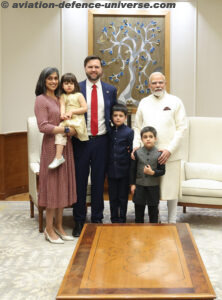
India has also reduced tariffs on American products including Kentucky bourbon and Harley-Davidson Inc motorcycles. India is also considering to cut off duties on several other products too. The reduction of duties on US products would shake off Trump’s allegation that India is a “tariff King”. Modi in his last meeting with Trump agreed to buy more American goods including LNG (Liquified natural gas), crude oil, high-tech weapons including F-35 so that India’s trade surplus with US lessens. India also readily accepted undocumented deportees. US also extradited convicted terrorist Tahawwur Hussain Rana, to stand trial in India on 10 criminal charges including his role in the 2008 terrorist attacks in Mumbai. US has also arrested Khalistani Harpreet Singh, also known as Happy Passia, as a member of an alleged foreign terrorist gang.
Both India and US discussed to double their trade to $500 billion by 2030 and also integrate supply chains so that more jobs are created in both countries. As US views India as a significant strategic ally which can counter the rising influence of China in Asia Pacific Region, and has a big market, Washington would certainly like to have close relationship with Delhi. It is one reason that Trump renders great importance to Quad and it is expected that he would be attending Quad summit in India later this year. Modi has also inculcated a close relationship with Trump during his first term as US President. Modi was one among the first leaders who held talks with Trump after he was elected for the second term. India also understands that China is an expansionist country and though it wants to export more and more goods to India but does not want to solve border problems as its intentions are to occupy more and more Indian area. Hence it is in the interest of India to have cordial relations with US. Now the important question is, can two biggest democracies of the world would agree on a fair deal which is beneficial to both the countries?
Vice President Vance’s visit to India marked a strategic and symbolic turning point in the evolving Indo-US partnership. From trade and defence cooperation to technology sharing and people-to-people ties, the visit reflected a mutual desire to move beyond traditional roles of alliance and establish a future-ready relationship built on shared democratic values and economic ambition. As both nations gear up to double their trade to $500 billion and deepen strategic cooperation in the Indo-Pacific, Vance’s visit was not merely diplomatic—it was a reaffirmation that the world’s two largest democracies are inching closer to a comprehensive, fair, and mutually beneficial partnership. The upcoming months, with high-level exchanges including a possible visit by President Trump and the Quad Summit in India, will likely set the tone for a redefined Indo-US equation.
(Jai Kumar Verma is a Delhi-based strategic analyst and member of United Services Institute of India and The Manohar Parrikar Institute for Defence Studies and Analyses,. The views in the article are solely the author’s. He can be contacted at editor.adu@gmail.com)
